These days, there is no question that Izzet Delver is the top deck in Legacy. It consistently performs well at all levels and has the ability to adapt to just about any strategy. Delver has been a mainstay of the format since its printing and, in one form or another, will always be a fixture in Legacy. As some readers may be aware, this is the deck I am known for, and this is the deck that I have the deepest, most comprehensive understanding of. As such, I think the time has finally come to do a Deep Dive into the deck and really explore not only the card choices, but the strategic elements as well.
This will be framed a bit differently than my usual Deck Guides. As per the norm, I want to explore why the deck is built as it is. However, I want to take it a step further and discuss what is lost in the current way of building the deck, and why cards are excluded. Additionally, I want to explore some of the strategic aspects of the deck and will be using sample hands to guide some common questions that come up.
The list we’ll be looking at today is a “stock” deck list played by Nathan Steuer to a Top 4 finish in this past weekend’s Legacy Showcase Challenge. I’m going to be expanding beyond the choices made here, though, to really talk about all of the options available to the deck. There’s a lot to cover today, so let’s jump right into it.

Legacy Izzet Delver by Nathan Steuer
Artifact (2)
Land (19)
While Delver made its name as the marquis tempo deck of the format with its first printing in 2011, these days the archetype is more akin to an aggressively-slanted midrange deck. It has the best threats, interaction and card advantage the format has to offer. The primary plan is to deploy cheap, hard hitting creatures early on and back that up with the aforementioned interaction and card advantage to maintain pressure on your opponent.
In the past, the primary strategy was to protect those creatures and keep opponents behind on board as long as possible. These days, with cards like Expressive Iteration, you can let your creatures die and use card advantage to pull ahead of opponents and grind them down in the midgame. Murktide Regent acts as the game ender, which immediately puts opponents to the test in the mid and late game and acts as the perfect follow-up to your early pressure. All of this adds up to a fairly brutal deck that can pressure any opponent and adapt its strategy to different contexts.
It goes without saying but there is probably no place that Modern Horizons 2 has impacted more than the Delver threats. Both Dragon’s Rage Channeler and Murktide Regent are unbelievable threats in terms of power.
Channeler adds consistency, resiliency and redundancy to the archetype, allowing the deck to have a one-mana three-power threat on turn one much more frequently. Murktide essentially needs no introduction at this point, but it’s hard to imagine a more powerful threat in terms of rate and impact. Combining them with Delver of Secrets means that the entire threat base has flying, which does a great job at blanking the defensive capabilities of opposing creatures (more on that in the next section).
This also has an impact on how you build the rest of your deck. Since Murktide can just end the game in short order against almost any deck, this means that there are some matchups that have historically been challenging, such as Elves, that get quite a bit easier since now you can just race them. This means in order to have a positive matchup against certain decks, you don’t have to commit as many deck building resources to those archetypes, which frees up space in the deck.
Shifting gears, let’s look a bit more closely at Delver of Secrets for a moment. Just as it was in the Ragavan format, Delver may not be a sacred cow of the archetype. There is yet again a “Delverless” version of the deck which is quite strong. In fact, it’s been my personal go-to for the archetype as of late. The approach of cutting Delver is an attempt to lean into the midrange/control power of the deck. It maximizes the deck’s ability to draw cards and while it’s a bit light on threats, it generates so much card advantage that you can grind down almost any opponent. I’m going to mention this deck periodically throughout this article, with the plan of dedicating a future article to it alone, but for the time being if you want some content on that deck specifically, Isaac Bullwinkle wrote an excellent piece on the deck that can be found here.
That being said, Delver is still an excellent card. Maximizing having an aggressive slant is a time-tested way to win games in Legacy. Having it in your deck makes the card advantage spells better since casting Expressive Iteration when you’re already applying pressure to your opponent further compounds the challenging situation they’re in. It requires less work to attack for three on turn two and, while it’s not as flashy as the MH2 threats, it will always be a key part of the conversation when it comes to decks like this.
Finally, Brazen Borrower is a combination of a mediocre threat and catch-all answer. It’s not included in Nathan’s list, but it is basically considered “stock”, insofar as you could include a copy or two and no one would bat an eye. Sometimes I think the card adds a lot to the deck, answering key permanents temporarily and further allowing you to develop. Other times, I think it’s clunky and doesn’t do enough. Honestly, you can’t go too wrong including it, but it’s an easy card to cut if you want to find space for other answers/threats.
The Exclusions
I discussed this when I talked about Delver in the post-Ragavan world, but one of the reasons that it isn’t common to see any other threats beyond the stock versions is that the base threats of the deck are so good. Cards like Young Pyromancer do add something to the deck, don’t get me wrong, but relative to the power and efficiency of the Delver/DRC/Murktide base, it just doesn’t quite cut it. It goes beyond power level though, and a somewhat more hidden reason threats like Pyromancer and True-Name don’t cut it these days is a relatively lack of defensive capability.
For years, these cards held the ground at bay, preventing cards like Tarmogoyf from dealing damage while simultaneously being able to turn the corner when you were ready. These days, the premier threats of the format all either fly (Delver/DRC/Murktide) or generate advantage just by entering combat (Uro).
Having creatures that can’t play defense effectively in these contexts just won’t suffice in the modern day. This logic applies to Sprite Dragon as well, since it does a very poor job on defense the turn you play it. This is a major reason not to move beyond the Izzet colors since Tarmogoyf, Gurmag Angler and Stoneforge Mystic (among others) are fairly effective at holding the ground but do very little in the face of an air onslaught. I might even argue that the lack of effective offensive and defensive capabilities is the primary reason these threats don’t see much play, since that dual role is a key element of effective midrange decks. Both Dragon’s Rage Channeler and Murktide fill this role (playing DRC as a 3/3 to hold back an attack and then turn the corner is a key play), and this really shapes what creatures fit in the archetype these days.
Honorable Mention
Snapcaster Mage sees occasional sideboard/main deck play in Delver, but is a fixture in the Delverless version. It’s a bit too clunky in Delver proper and is honestly hardly a threat, but it does generate value in a meaningful way for the deck, so I think it’s worth an honorable mention slot since it does see some play in Izzet decks.
The countermagic in the deck has been boiled down to the absolute minimum. There are two reasons for this: Expressive Iteration promotes playing with proactive spells to ensure you can take advantage of the card in exile and creatures have become the focal point of the format. The former point naturally means you want to shy away from superfluous counter spells and the latter point means you want to fill your deck with more creature interaction. Thus, the four Force of Will, four Daze suite is near the top end of blue disruption for the deck. Of course, Pyroblast somewhat fills that role, but has more proactive utility than other countermagic.
Along those lines and from my perspective, the inclusion of Pyroblast in the main deck is a nod to the importance of key blue threats rather than key blue spells. Of course, the fact that it can interact with both is an incredibly important part of its range, but the fact that it kills Murktide Regent is the major reason it has seen such widespread main deck adoption.
Now, I know that it still looks like a narrow inclusion, but it’s important to remember that this is Legacy. Pyroblast is honestly about as narrow as a card like Unholy Heat: there are decks in Legacy that don’t play blue, but they’re roughly as common as decks that don’t play creatures. There will be times where it will be dead, but outside of cards like Force of Will, it’s fairly difficult to have spots where removal/disruptive spells are always online.
The Exclusions
For many years, Delver decks were known for having somewhere from four to eight “soft” pieces of counter magic, in addition to Force and Daze (“soft” meaning disruption that does not have a 100 percent success rate). While I already mentioned two reasons for trimming these spells, there is another reason: this Legacy format is defined by resource abundance. Expressive Iteration and Uro being key elements of the format makes cards like Spell Pierce quite a bit worse since even Delver decks can afford to pay the two mana in the midgame. It also makes trading resources with Stifle quite a bit worse since once the game reaches a certain point, that kind of advantage will be mitigated. These cards can and do still see some play, but for the most part this type of card has been relegated to the sidelines for the time being.
Honorable Mention
In Delver proper, Force of Negation is often relegated to a sideboard card, but it can always be included in the main deck if the metagame is ripe with combo decks. With Expressive Iteration, it isn’t too difficult to offset the card disadvantage of extra Force effects, but nevertheless the cost is real, so make a careful evaluation for what you need in the “flex” space of the deck.
All red Delver decks across history have leaned into the full four copies of Lightning Bolt. You could argue it is one of the reasons Delver has been so successful since it provides so much function to the archetype. I have gone on record in my articles in saying that I don’t think the non-red Delver decks will ever usurp the red versions in terms of format impact and Lightning Bolt is the reason for that. Combined with an aggressive strategy, it provides you a plan in every matchup, regardless of whether there are any creatures to target. Of course, it does kill many of the most important creatures in the format and it’s hard to imagine a better removal spell for a Delver deck.
Chain Lightning is just Lightning Bolt number five, which is certainly desirable in many situations. Sometimes you want your extra removal spells to be a bit more diverse though, and to me that’s where Unholy Heat steps into the picture. Unholy Heat answers a ton of creatures that Delver decks historically have difficulties against (read: green creatures). While it isn’t as aggressively-slanted, it provides something different to the archetype that I think adds to the midrange strategy. Of course, this all depends on what you expect and what your game plan is in certain matchups, so it’s up to you to decide what you want or need in a given circumstance.
The Exclusions
The removal is chosen based on the expected threats, so this is all somewhat variable. Cards like Forked Bolt are still fairly effective, but not being able to consistently kill Dragon’s Rage Channeler is a big deal. Realistically, you can play whatever you think is right for your metagame, but the primary three (Lightning Bolt, Chain Lightning and Unholy Heat) are generally enough better that other options don’t warrant as much consideration these days. Dismember used to be a staple one-of, since it’s costly but very effective, but not only is Unholy Heat mostly better, Dismember isn’t as consistent as it used to be.
Finally, I am listing Fatal Push and Swords to Plowshares as stand-ins for their respective colors. Just like splashing for threats, splashing for answers has historically been a somewhat meaningful strategy in Delver decks. There is no question that there are places where other colors provide something really meaningful to the deck. However, there are two major reasons that this is not common anymore: The Izzet removal spells mostly cover all of the bases anyway (namely Unholy Heat) and the cost of adding another color is really high when you can get a similar effect in Izzet alone.
There are no Delver decks in history that have eschewed Brainstorm and Ponder. They are the base to every Delver deck regardless of color and are a major part of the reason this deck is successful. It allows you to trim lands when building the deck and make sure you can find exactly what you need at every stage of the game.
Expressive Iteration is a “newcomer” to the archetype, as far as you can call a card that has been out for more than a year a newcomer. It quickly became a staple and a major reason to lean into red-based Delver decks (if Bolt wasn’t enough for you). I have generally viewed Delver as a midrange deck more than a tempo deck for a long time now, even before the printing of Iteration, but I think Iteration firmly places Delver decks in the midrange camp. It provides the deck with the staying power to keep up with just about any other archetype. The fact that it generates a consistent source of card advantage means that you don’t have to defend your early threats since as the game goes longer, you’ll be able to maintain a steady stream of pressure on your opponents.
It’s worth noting that unless you know you have a Bauble on top, it is more of a turn three play than a turn two play if you want to get the full advantage from it. That being said, it’s important to note when you don’t have time for that and sometimes you just pull the trigger on turn two and use it as a two-mana cantrip. While it can be clunky at times, I think it’s a staple of the archetype and I would be hard-pressed to trim any copies from the main deck. Mishra’s Bauble, on the other hand, is a very mediocre spell that works so well with Dragon’s Rage Channeler that I think it’s essential to include. I know not everyone ends up on that conclusion, but it makes the deck function far more smoothly and greatly increases the chances of attacking for three on turn two.
The Exclusions
Realistically, Preordain is the only main consideration here, although the other options presented in this section are somewhat interesting. I have seen players include Preordain over Mishra’s Bauble, which I understand, since Preordain is generally a more powerful effect. However, I find this deck to be a bit glutted with uses for its mana at times, especially in the early game, so I like it less than Mishra’s Bauble. I get the argument for it, so I’m not as passionate about it in opposition, but I’d prefer to maximize the potential for the best starts this deck can have, rather than increase the ability to dig for certain cards. The other options you could play are generally too weak, but are always worth keeping in mind since they may one day have their place.
Honorable Mention
This is an honorable mention since it almost never sees play in Delver proper, but the Delverless variant utilizes this card to great success. It pairs perfectly with Dragon’s Rage Channeler, and since you want to play Mishra’s Bauble anyway, you can get a little extra mileage. It’s a bit clunky to have this many two-mana draw spells in Delver proper, but it’s a card that definitely has potential in Izzet decks.
This is pretty much the stock mana base at this point. It’s really important to have as many red and blue sources as much as possible and Steam Vents really helps the deck function properly more consistently. I’ll talk about the basics in a moment, but having a single Island does really help in some situations, namely against decks like Lands. It’s important to note that it can be really costly to get in some situations, especially since Mystic Sanctuary is another blue source that doesn’t tap for red, so be very careful when you’re setting up your mana.
Speaking of Mystic Sanctuary, this card is amazing in the deck. I know it comes with costs, and sometimes you have to play it early as a tapped land, which really sucks. But having it in the deck as a way of rebuying Expressive Iterations later is the perfect way to establish a late-game engine that will dominate against just about any deck. The fact that it can rebuy different interactive spells further adds to its utility. As if that wasn’t enough, bouncing it with Daze just takes the cake. One of the nice things about it is that it transforms dead late-game Dazes into real cards, and sometimes you’re just going to want to exchange your Daze for a Sanctuary in hand, even if you can’t counter a spell, so always keep that in mind. On top of all of this, Sanctuary physically removes the card from the graveyard, which buffs Murktide Regent, which can be a critical play. Sanctuary means that you need all of your fetches to get Islands, but it doesn’t matter which fetches you play (a 2/2/2/2 split is generally the safest), but do whatever feels right for you.
The Exclusions
For many years, one of the reasons to play Izzet Delver was the ability to play basics. Basic lands are incredible in Legacy if you can afford to play them. However, this deck really can’t afford to play them. You really need both red and blue mana throughout the entire game and having too many basics in play will generally leave you too liable to tripping over yourself and being unable to play multiple spells in the same turn. On top of that, not being able to Daze off of Mountain is a huge deal on turn one and you still can’t really keep hands with Mountain and no other mana sources (unlike keeping a hand with a dual alone, as we’ll see in the sample hand section).
There are a ton of options to play in your sideboard here, so I’m going to cover what Nathan was playing, since that is pretty close to “stock” these days, but I’ll make mention of other options that exist, and why you might want those.
2 End the Festivities
“Wrath” effects are very common in Izzet since decks that go wide can be problematic at times. End the Festivities is generally the best since it deals damage to them and their planeswalkers (which comes up against Grist in Elves, for instance), while also not affecting your own creatures.
Other Options: Rough/Tumble, Forked Bolt, Grim Lavamancer
There’s a time and place for all of these options. A lot of decks that go wide have been leaning into two-toughness creatures, which makes Rough // Tumble more desirable. Forked Bolt doesn’t clear a huge board, but acts as a clean two-for-one fairly often, can still kill a single two-toughness creature and can dome opponents for two. Grim Lavamancer is the worst among these, since it’s slow and hurts your own graveyard, but there have been times in the past where it completely dominates a game, so it’s always a viable option.
2 Surgical Extraction
Surgical is almost always included in Delver decks. Being a free instant is important against all sorts of combo decks, namely against Reanimator, and despite the fact that it isn’t really a haymaker against those decks, it complements countermagic really nicely and can be Brainstormed into on opponents’ turns.
Other Options: Grafdigger’s Cage, Soul-Guide Lantern, Leyline of the Void, etc…
Okay, there are a lot of options here, but these are the most common these days. Cage doesn’t affect cards like Life from the Loam, but does really end the game against decks like Dredge if they’re unprepared. Lantern does a better job nuking the whole graveyard and is an artifact to help out DRC, but it’s a bit slow (I know, it only costs one-mana, but Legacy can be wild). Leyline is by far the most powerful of these, but unlike the other options, you can’t cantrip into them and it forces you to mulligan more, which I think is a huge knock against it, so I generally don’t like Leyline in Delver decks.
2 Meltdown
Meltdown has proven itself to be the best answer to Urza’s Saga decks, which is a major reason it has been widely adopted as of late. It’s also the best haymaker possible against decks like 8-Cast, while still having meaningful utility against cards like Chalice of the Void and Aether Vial, which makes it an extremely valuable sideboard inclusion.
Other Options: Abrade, Null Rod
There are situations where Meltdown suffers, namely against cards like Batterskull or Kappa Cannoneer. Abrade is far less of a haymaker against artifact decks, but it does trade for a wide range of meaningful cards. Null Rod fits the Meltdown role of “haymaker” but isn’t very effective against Urza’s Saga, which is certainly a knock against it. Still, it is amazing against most artifact decks and also functions as a key permanent against Storm decks, which makes it a very valuable option to have access to.
2 Force of Negation
I already mentioned Force of Negation earlier, but it’s just a great answer to combo decks. Having six Forces goes a long way and it also has extra utility of answering cards like Life from the Loam cleanly.
Other Options: Flusterstorm, Spell Pierce, etc…
There are an endless stream of other disruptive spells to play here. I think Flusterstorm is the best of them, since it’s excellent against combo decks and still has function against fair decks (such as the mirror). Spell Pierce is a bit more versatile at the cost of being easier to play around, so I generally think it’s worse than Flusterstorm, but it is an option for sure.
2 Price of Progress
Price used to be a main deck staple for Izzet decks many years ago, but the deck has since moved away from that. Still, this is an amazing sideboard card against Lands, providing you with a one-card game plan in many circumstances. There are also control decks that don’t play basics, and even though those decks have Uro to gain life, Price can still end the game on the spot there. Be careful about damage to yourself though, since you have a lot of nonbasics too, so maybe value the Island more highly.
Other Options: Blood Moon, Back to Basics, Alpine Moon
In order for the first two to be valid options, you need more basics in your deck. As I mentioned, I don’t think that’s the direction to go with the deck, so despite their impact I’d lean away from those. Alpine Moon kind of fits in this section, since it does help a bit against various lands, but it doesn’t really solve problems against Lands. It’s mostly an answer to Urza’s Saga, but I don’t think it’s better than Meltdown at that purpose, but it does have some other utility, such as shutting down Wasteland or Thespian’s Stage. I don’t think it’s helpful enough, though, so I’d stick to Price of Progress.
2 Pyroblast, 1 Red Elemental Blast
Pyroblast is king, and Nathan is going up to five copies here, which is a nod to the metagame in these tournaments. There is no replacement for this effect, and if you need to answer blue spells, you can always play more copies.
Other Options: Blue Elemental Blast
The exact opposite effect, Blue Blast is basically a nod toward the mirror that has some additional utility against Mono-Red Prison and Sneak and Show.
1 Submerge
Big green creatures and Marit Lage are big problems for Izzet and Submerge is by far the best effect at solving those problems. Sometimes opponents can find ways to blank it or make it awkward, but being free is just a huge upside and using it in response to fetch is a nice way to deal with a creature permanently.
Other Options: Vapor Snag, Brazen Borrower
Honestly, I think Submerge is kind of the only card worth considering these days since it’s so powerful, but there are times when you need to answer something else. Vapor Snag won me a trophy a few years back, so despite seeing almost zero play since then, I think it still warrants mention as an option (mostly if you’re concerned with large creatures in non-Forest decks). Brazen Borrower is a pretty bad sideboard card since it’s mostly just mediocre, so I wouldn’t include it in the board (including catch-alls in the board is a poor approach overall), but it’s still a viable option.
1 Counterbalance
Counterbalance is beginning to become popular again and, while the card is kind of miserable to play against, I think it’s a great sideboard card in this deck. It’s a nod to the mirror, since it functions as a haymaker in that matchup. Importantly though, it’s a permanent that combo decks have to play around. Many combo decks these days can play through counter magic fairly easily. Diversifying your answers against those decks is very important and while Counterbalance isn’t always the most consistent, it will still provide a lot of value in those situations.
Other Options: Maddening Hex, Pyrostatic Pillar
Full disclosure: I have never played with Maddening Hex, since it’s not on Magic Online. However, I have seen paper lists running it and it looks fairly effective against combo decks, so I like it. Pyrostatic Pillar is mainly a nod towards Storm and Storm alone. While it’s fairly close to game over against that deck (not always, but often enough), it’s not versatile enough against other combo decks that I don’t think it’s worth including, at least right now.
Other Options in General
Finally, these are just some other options that the deck can play. Of course, the list runs deeper than this, but these are the best ones in my opinion.
Court + Narset tends to be my favorite sideboard plan against control decks. It provides a sideboard juke that does a great job at blanking removal spells in their hand and leaning into the fact that the game is going to go longer. Generally, I don’t milling opponents with Court until later in the game and importantly, the monarch is the key part, not the Court itself, so I almost never protect it once it is in play.
Sulfuric Vortex is the same principle, but the exact opposite since it helps shorten the length of the game. Each of these cards require careful timing, since they can be pressured if not removed, so don’t freely play them when you first get the chance, but if timed appropriately and part of a solid game plan, each of these cards can easily win a game by itself.
- If you have a Wasteland and Daze and they cast a spell with only a single fetchland open, you can Wasteland their fetch, which they will activate in response, and then Daze their spell in response to the fetch.
- More Daze tricks: If you have a Daze and a spell you think they might interact with and you suspect they may Wasteland you (especially pertinent in the mirror), wait to cast the spell until they Wasteland you, since if they go to counter your spell with the Wasteland on the stack, you can cast Daze to save your land and potentially counter their spell.
- Mishra’s Bauble can help transform Delver by targeting yourself on their turn. If it’s a spell, you stack the triggers so the Delver resolves first and then the Bauble draw. If it’s not, you stack it the other way around, draw the non-spell and increase the chances of transforming it.
On the Play
This hand illustrates a somewhat common question I get: do you lead with Delver or Channeler? If my hand doesn’t have a Bauble, I almost always lead with Delver. It has the best chance to attack for three on turn two with no effort and if it gets killed, that actually moves the Channeler closer to delirium. On top of that, this hand doesn’t have any cantrips, which means that DRC is unlikely to reach delirium any time soon, so you want to apply as much pressure as possible.
On the Play
These days, I almost always keep hands that look like this. There is a risk that you won’t find a land and will lose to Wasteland, but this is a powerful combination of every good card in your deck with a clear game plan.
The question is what do you do? In this context, I would always lead with Ponder. Technically DRC has a higher upside, since if you untap with it and keep your Volcanic Island in play, you’ll have a far better chance of finding a second land. However, I find that opponents are fairly willing to Wasteland you after starts like this, which would leave you in a dire situation. On top of that, since this hand doesn’t have a Bauble, it’s not that likely you find delirium, so that means on turn two even if everything goes well, you might just attack for one. All of this leads me to want to Ponder to set up and maximize my chances to play a second land, which makes this hand work perfectly.
On the Draw
Unlike the other two hands, which I view as somewhat easy keeps, this hand raises some potential mulligan vibes. There’s no threat or card advantage spell, which is not where you want to be with Delver in general.
However, I would actually keep this and the reason I want to highlight this hand is that Delver decks of days gone (namely Canadian Threshold, otherwise known as RUG Delver) would absolutely mulligan this hand for the aforementioned reason of not having a threat. Present-day Izzet Delver is far more akin to a midrange deck, so keeping an interactive hand is not only completely fine in my opinion, but can be desirable. You no longer need to close the door right before your opponent stabilizes because Expressive Iteration and Murktide Regent give you a ton of staying power in a game that went on a bit longer. This all makes a highly interactive hand a totally reasonable keep, despite the risk that it might take too long to get a reasonable game plan set up.
It’s challenging to really capture my personal plans in every matchup in text form like this, but I will try my best. I just want to add this advice, which is almost always my number one piece of advice to people I coach: the most important part of playing Delver is having a clear, focused plan. Cast your cards with purpose and understand what you are working towards, what the game is going to look like and how you plan to win. This is going to look fairly different in a lot of situations but even in matchups considered “bad”, having a plan can give you the best chance to win in tough situations.
Izzet Delver
Out: 4 Force of Will
In: 2 Pyroblast, 1 Red Elemental Blast, 1 Counterbalance
The mirror has always been a combination of extremely technical and variance driven. There are a lot of stages in the game that need to be accounted for: surviving early pressure, developing mana through Wastelands, interacting through Dazes, keeping up with card advantage, managing late-game threats and top decking. It can be really difficult to manage all of that, which, honestly, can make it a bit frustrating at times. Part of it is that sometimes there are games that you can’t really win, but there are still a lot of choices, so it will feel like your choices were wrong. That being said, it can absolutely be a really satisfying, interesting matchup and these days, I actually quite like it.
Because of Mystic Sanctuary, I generally use Pyroblasts early on Expressive Iterations, knowing that later on I can rebuy them for Murktide Regent (which are the two most important targets for Pyroblast). Because Iteration is so important, you should probably play a land before casting it so you don’t get Dazed (sometimes you’ll miss on getting the full card advantage, but it’s still important to resolve). As for sideboarding, you could leave in some Forces, I don’t think it’s that bad, but the game so frequently turns into a slog, so two-for-one’ing yourself can be pretty tough.
Jeskai Control
Out: 1 Chain Lightning, 1 Lightning Bolt, 2 Wasteland, 1 Daze (on the draw)
In: 2 Pyroblast, 1 Red Elemental Blast, 1 Counterbalance, 1 Force of Negation (on the draw)
It can be tough to power through all of their removal spells, but the Expressive Iteration + Mystic Sanctuary plan is excellent here. With a deck full of meaningful cards (read: Pyroblasts), this strategy is much more meaningful. Sometimes you want to protect your threats and sometimes you want to let your cards go and just rely on card advantage, so you’re going to have to feel that out in game.
Death and Taxes
Out: 2 Pyroblast, 2 Daze (on the draw), 2 Force of Will (on the play)
In: 2 End the Festivities, 2 Meltdown
There are basically no cards in the sideboard for this matchup, as End the Festivities and Meltdown are mostly just mediocre. This matchup can be tough, but honestly it’s fairly often a close match. You can play the control role at times, but in general it’s far better to get on board early. I’d never mulligan a great interactive hand with Expressive Iterations/cantrips, but those hands tend to fall short in the matchup. You really want to start with as many threats as possible and put them on the back foot ASAP.
Doomsday
Out: 1 Chain Lightning, 3 Murktide Regent, 2 Lightning Bolt
In: 1 Counterbalance, 2 Pyroblast, 1 Red Elemental Blast, 2 Force of Negation
A lot of people say this is a really tough matchup for Doomsday, but in my experience, these games are almost always very close. The way I lose most often is when they go for a fast kill and, if I see my opponent mulliganing low for a fast kill, I’ll bring in Surgical Extraction just to buy some time and mess them up (it’s not a great strategy, but sometimes it’s better than nothing).
Overall, here’s my advice for this matchup: don’t play scared. If you play too slowly, they have a lot of time to set up, which makes it far easier to play through countermagic. They may have a kill + a Daze to punish you, but it’s also possible that they would use the first two turns to set up/find a Doomsday, and not playing a threat out of fear may lose you the game. Their life total is their key resource, so make sure you pressure it as much as you can. Of course, sometimes you have a hand with a threat, two lands and two Forces + two blue cards, and that hand naturally plays around their spells quite well, so use your judgment. Just be wary of giving them too much time and make sure you keep in mind the importance of pressure.
Lands
Out: 2 Pyroblast, 1 Chain Lightning, 4 Lightning Bolt*, 1 Daze*
In: 2 Surgical Extraction, 2 Force of Negation, 2 Price of Progress, 1 Submerge, 1 Meltdown*
You may notice the asterisks here, so let’s address that first. For the most part, Bolt doesn’t have any targets outside of your opponent, so it’s a somewhat easy cut. However, they might have Elvish Reclaimer, so if you see that, you may want to change course. Daze gets really bad in this matchup beyond maybe turn one or two, but they do have more three-drops on occasion, on top of decks like 8-Mulch demanding turn two interaction, so you might not want to cut the Daze. Meltdown is basically only good against Urza’s Saga, which they don’t always play, so I don’t always bring it in unless I see the Saga (or suspect it), so keep that in mind.
The rest of it is the good cards for the bad cards. This matchup is easier with Price in the board, but still tough. It’s difficult to sum up my approach to the matchup in text form, so feel free to ask any specific questions you have.
8-Cast
Out: 2 Murktide Regent, 1 Chain Lightning, 1 Island, 1 Lightning Bolt, 2 Daze (on the draw)
In: 2 Meltdown, 2 Pyroblast, 1 Red Elemental Blast, 2 Force of Negation (on the draw)
So a slightly awkward characteristic of this matchup is that most of your cards are good. This means that you have to trim on good cards for better ones, so let me explain the choices.
Murktide Regent is great in the matchup when it comes to handling Urza’s Saga tokens and racing, but since you’re boarding in two Meltdowns, it isn’t as important (combined with the fact that Aether Spellbomb is a common Saga target). Lightning Bolt is really important at killing Emry, but otherwise it’s fairly weak, and you’re bringing in an extra three Pyroblasts which also answer Emry, so I generally like trimming those. The Island isn’t that important here, so I think that’s a fine cut. Finally, Daze is easy to blank on the draw and it can be important to counter cards like Chalice of the Void, so I think Force of Negation helps there.






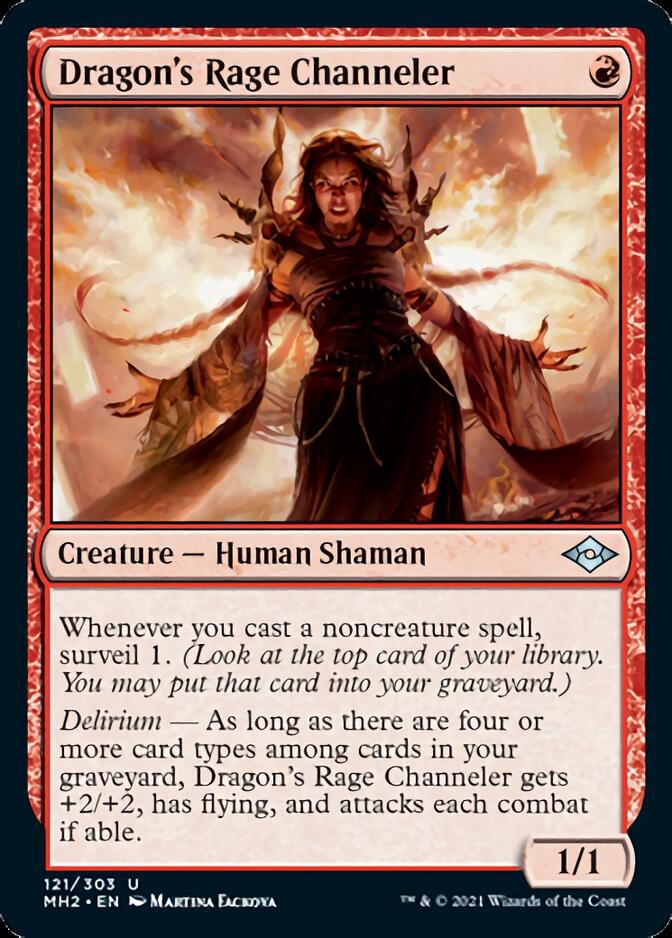
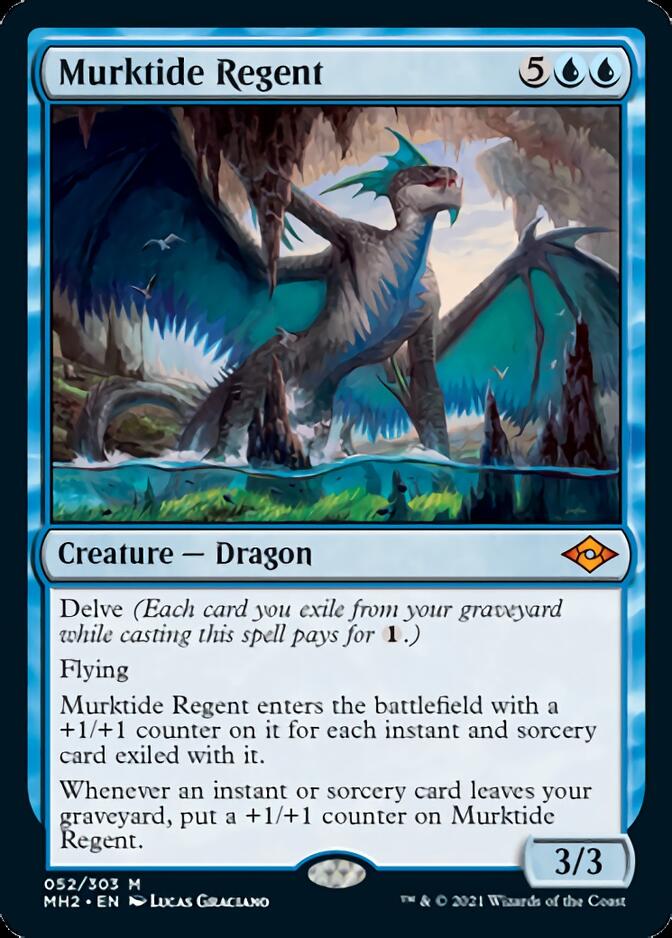
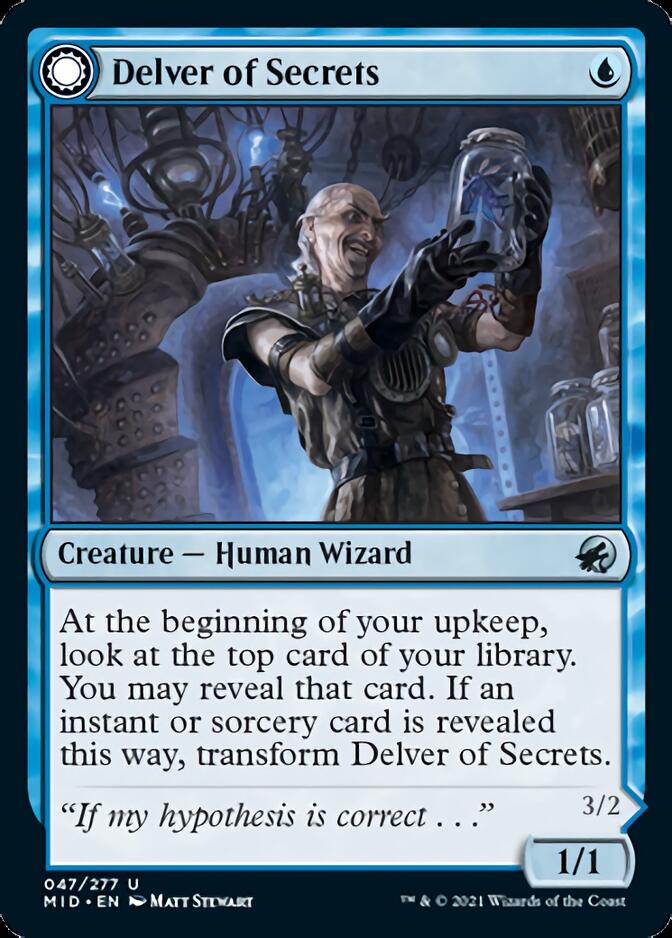
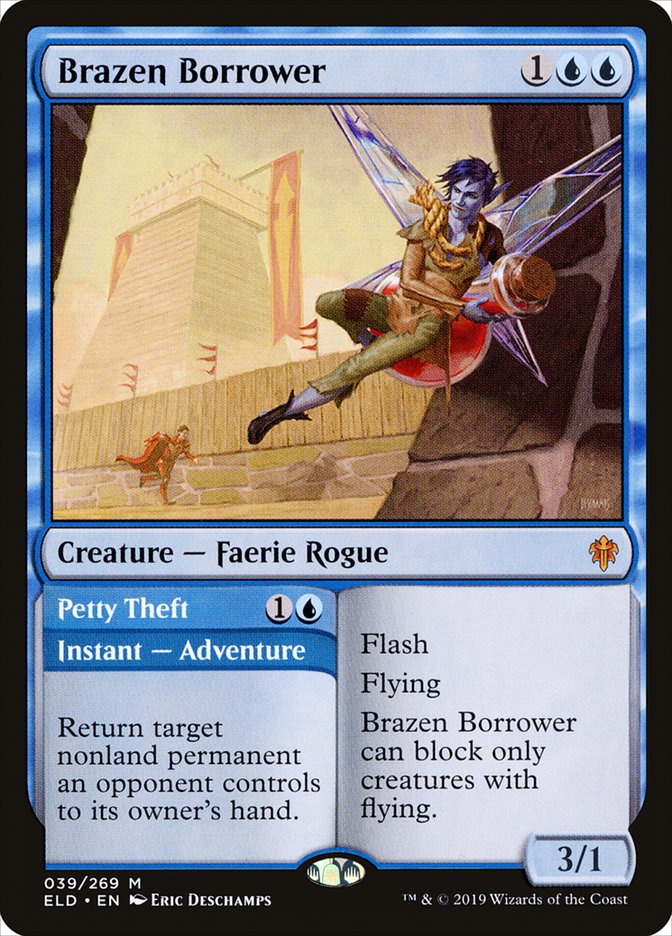
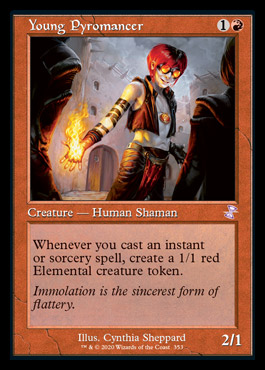
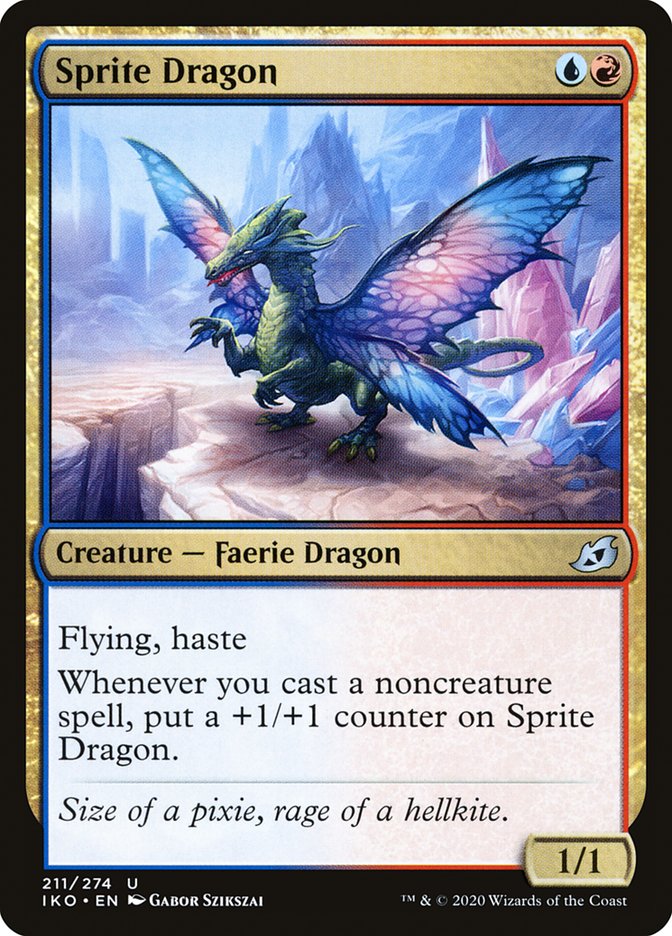
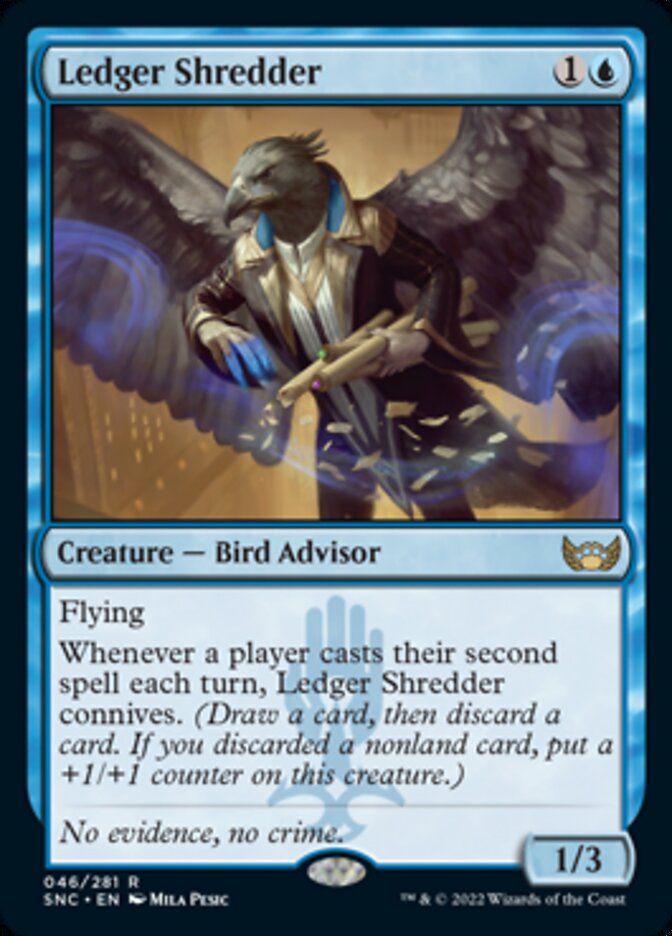
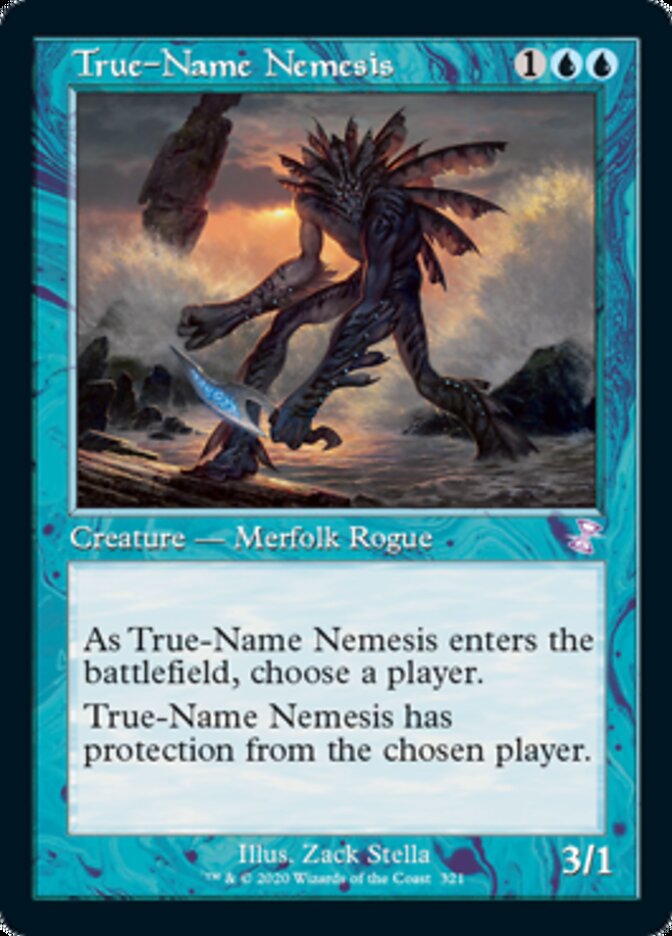
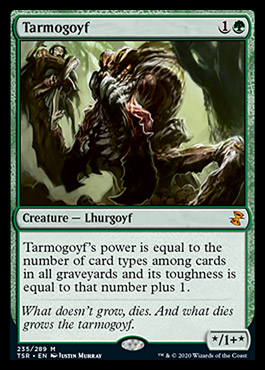
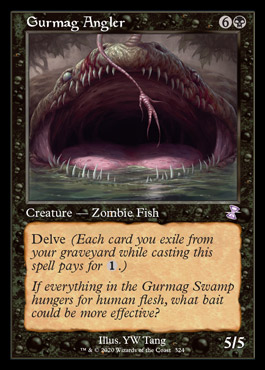
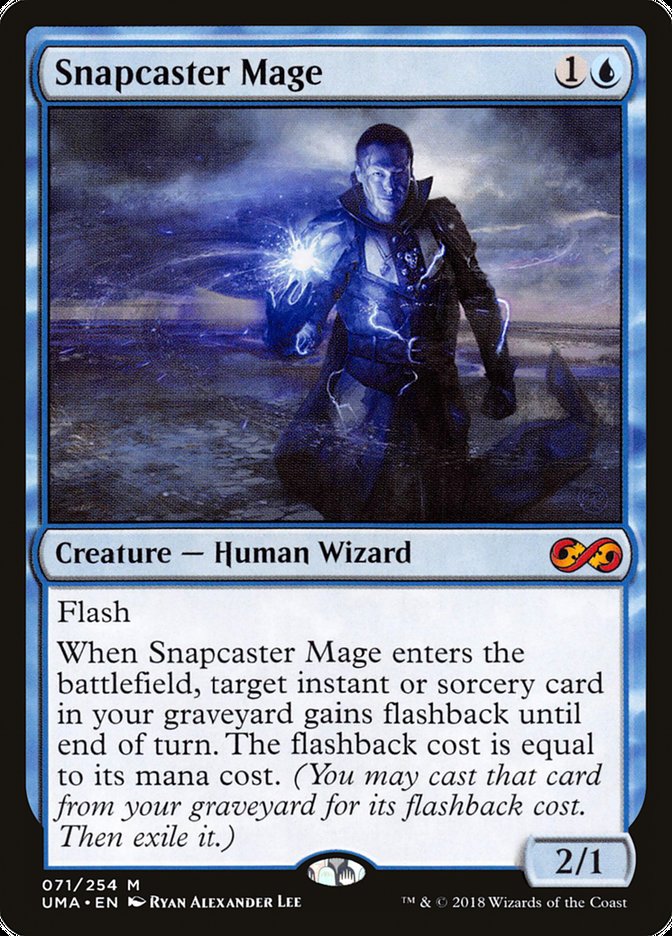


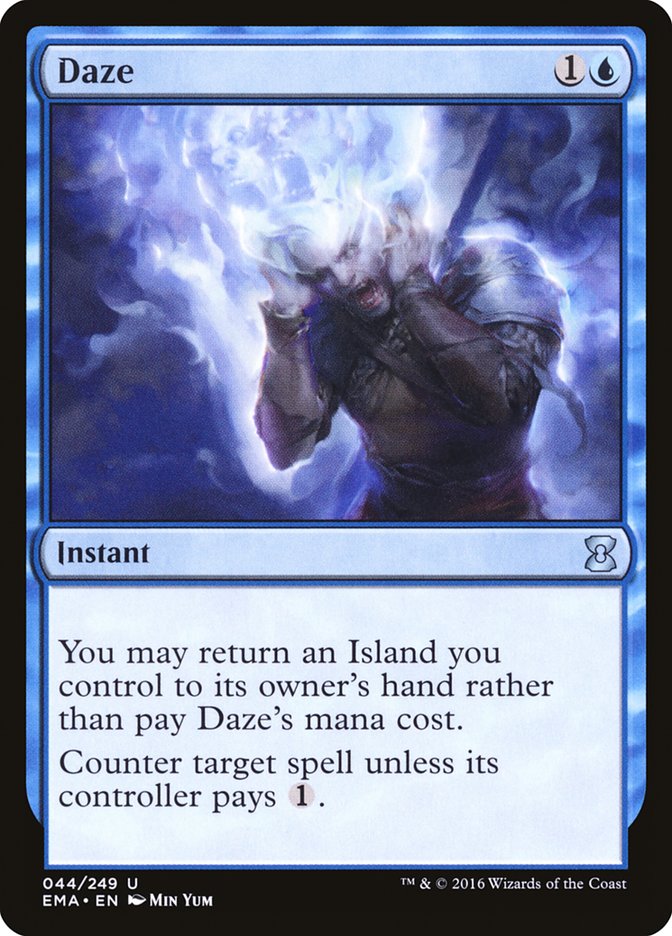
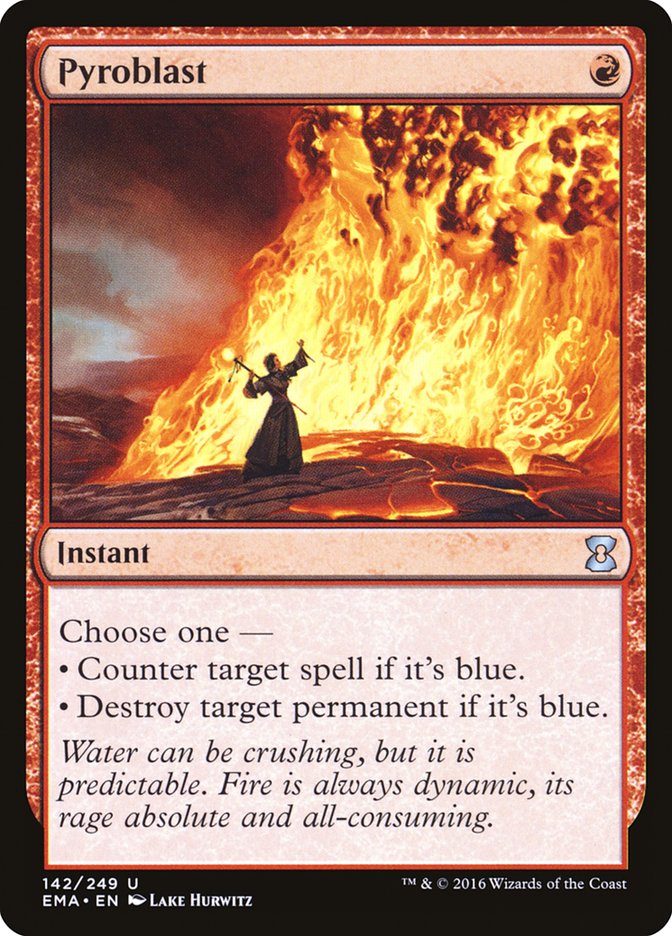
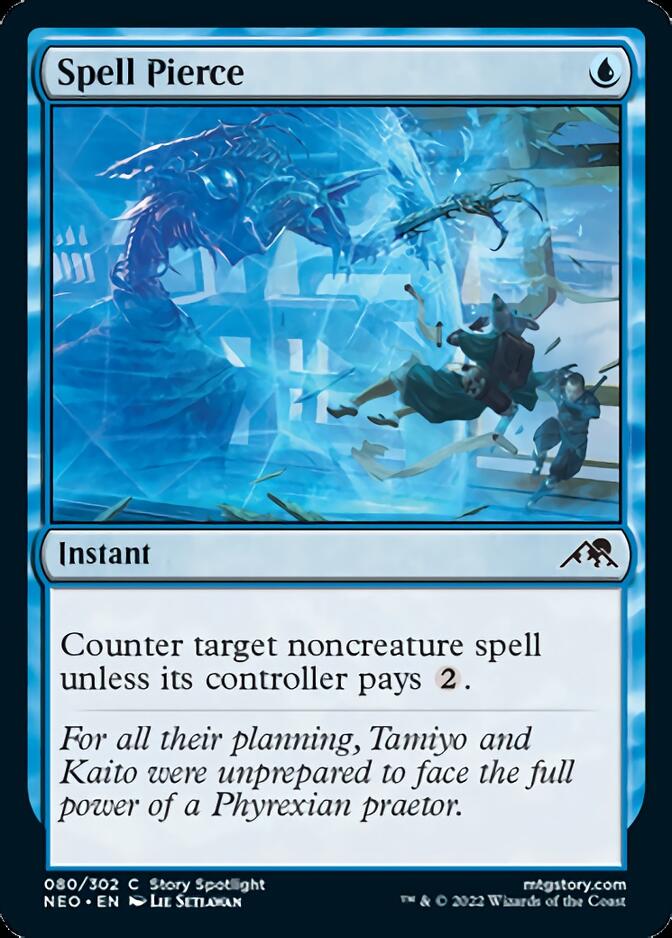
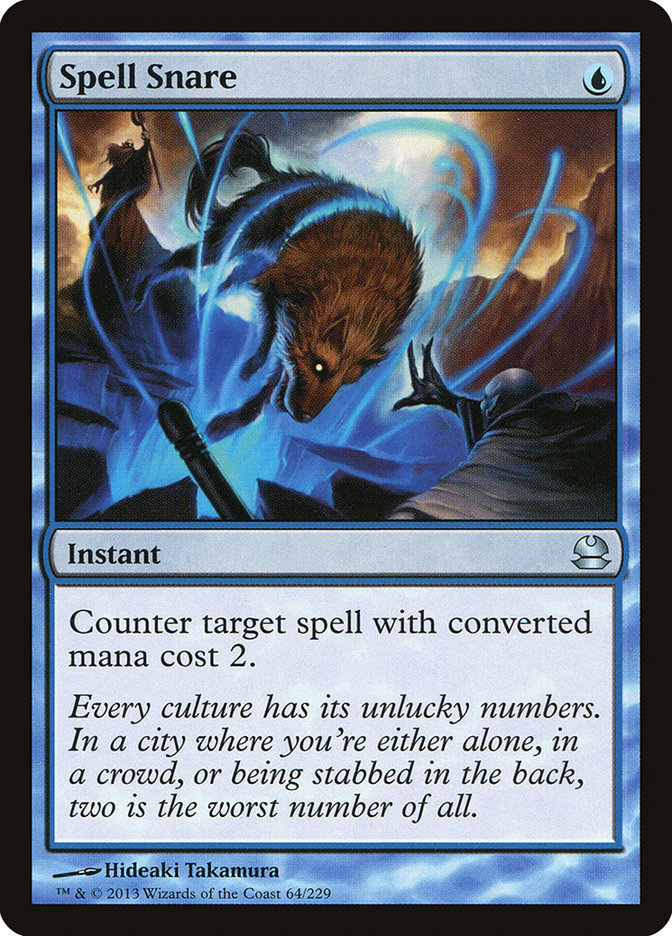

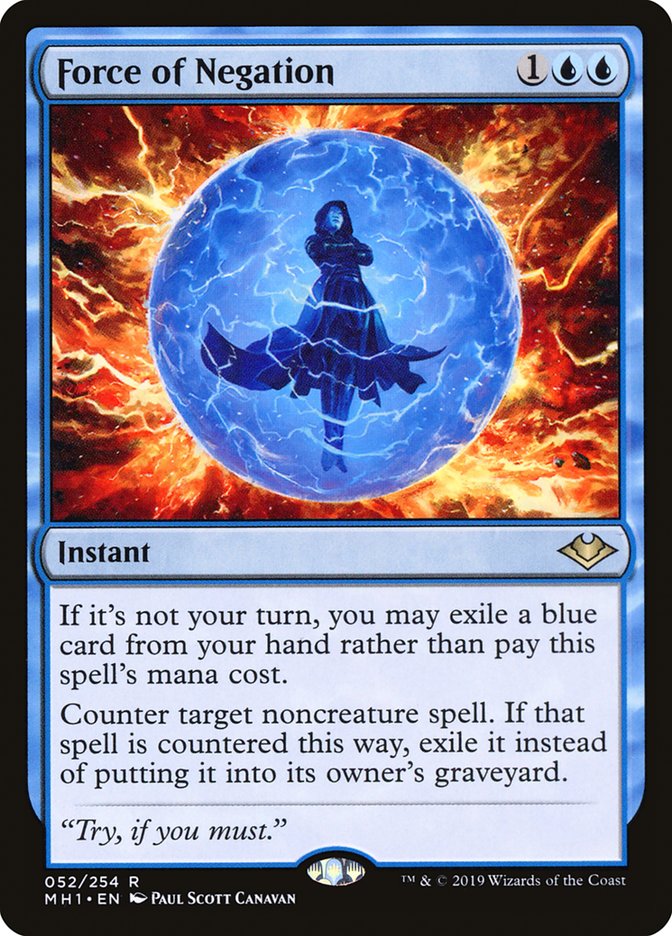

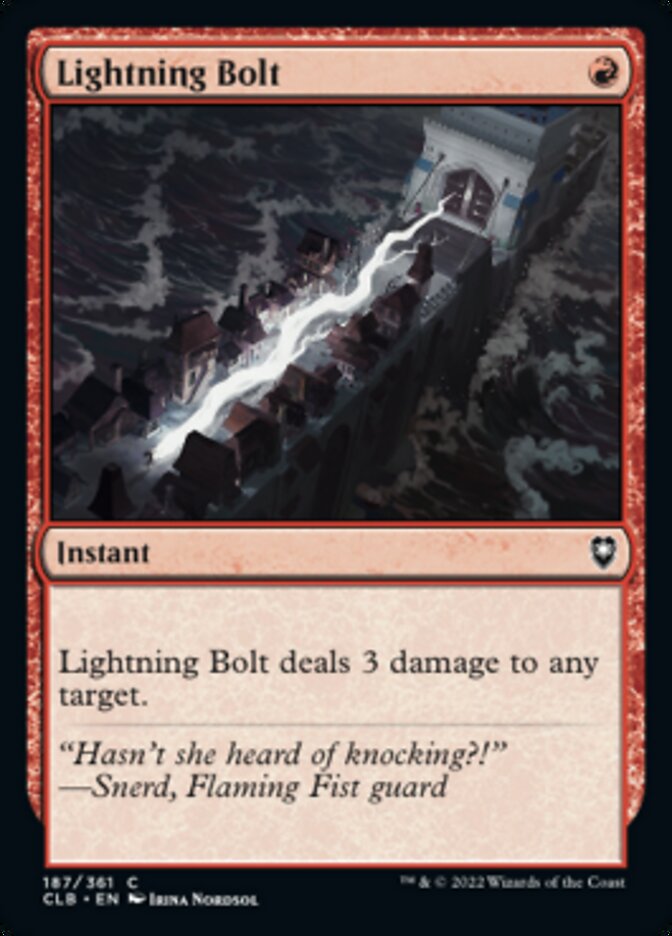
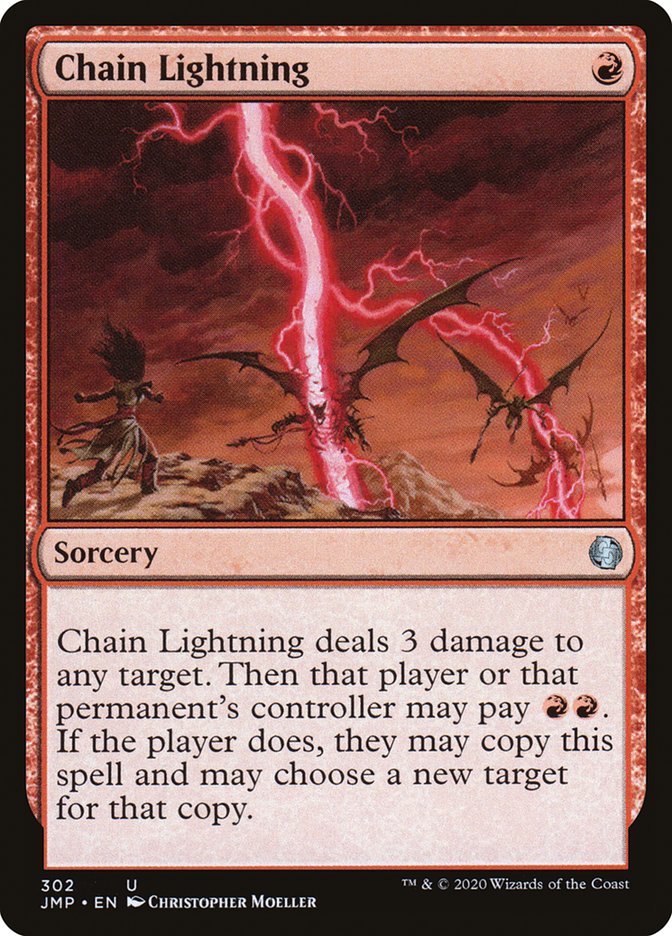
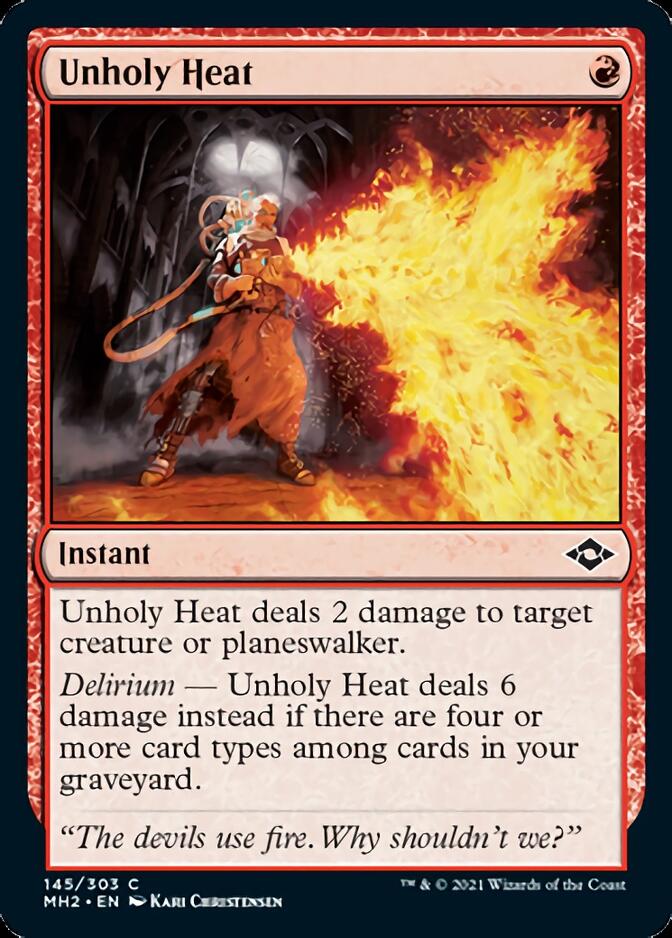
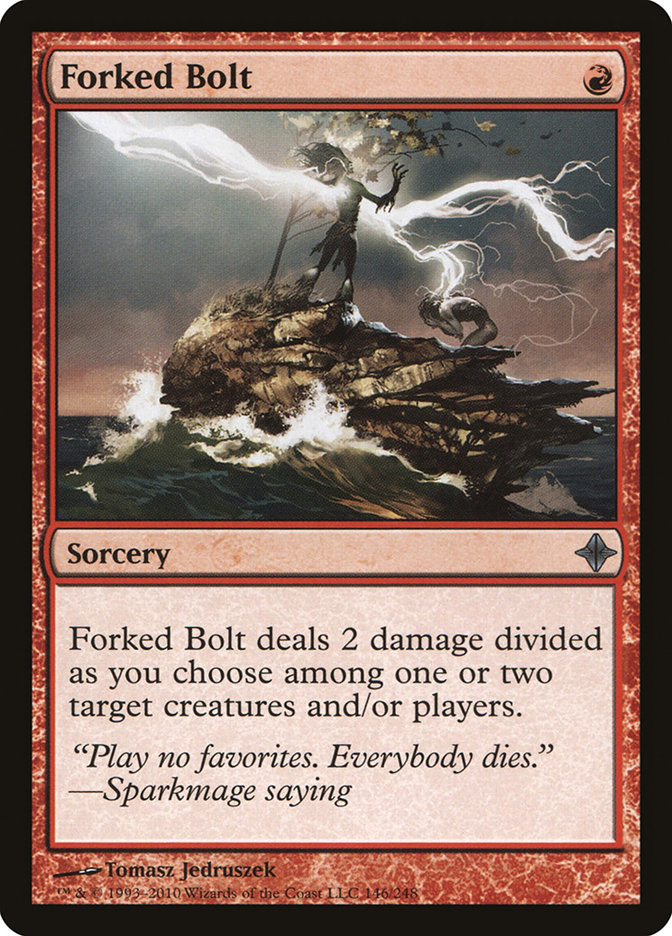
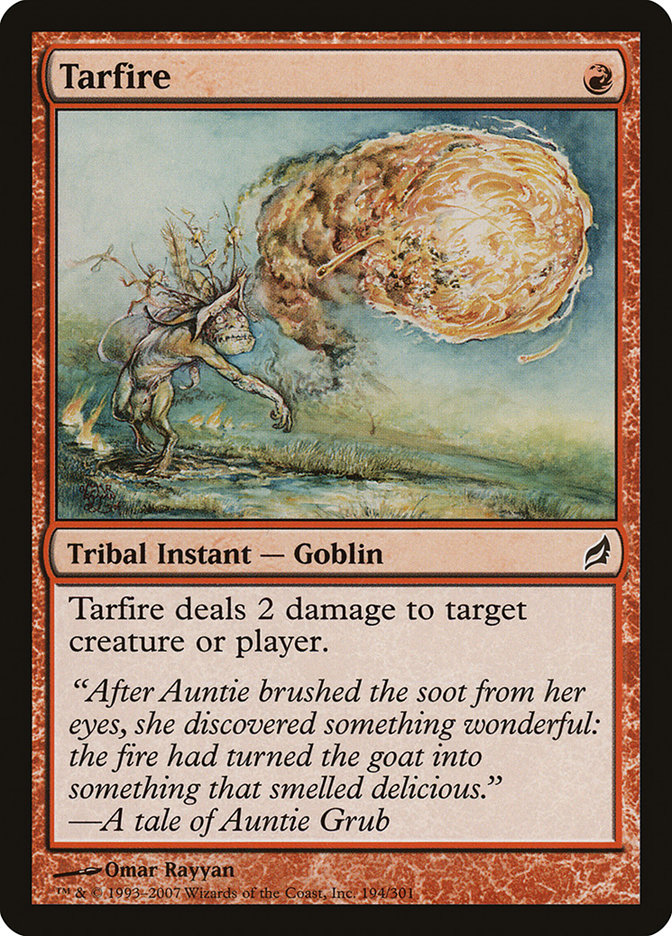
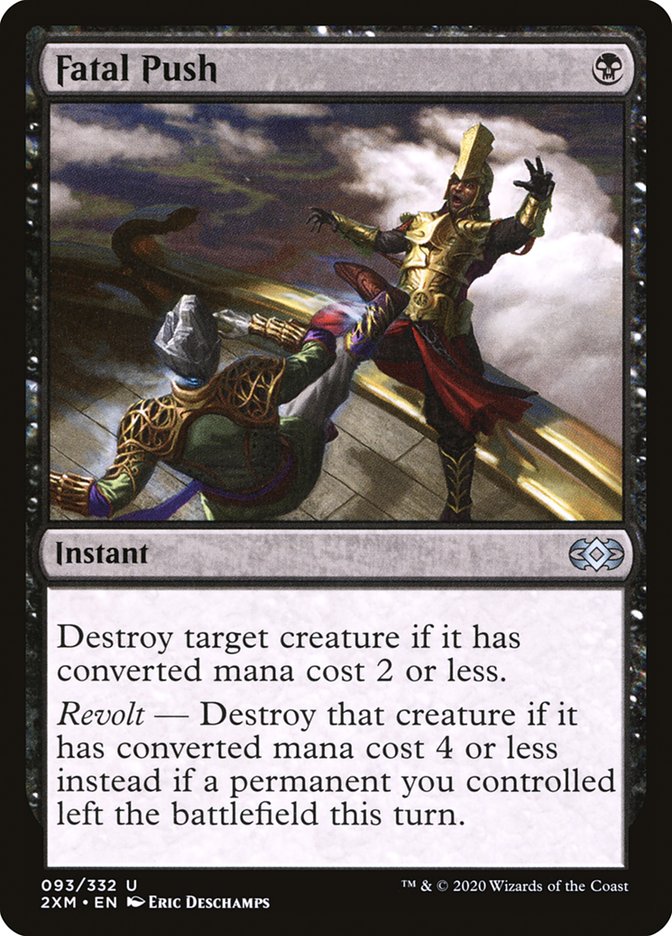
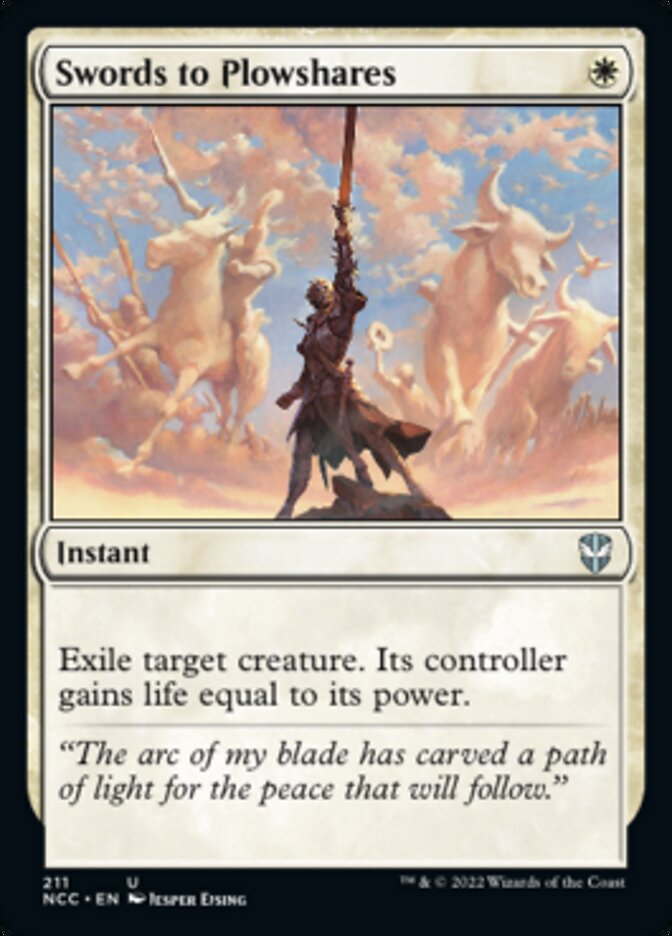

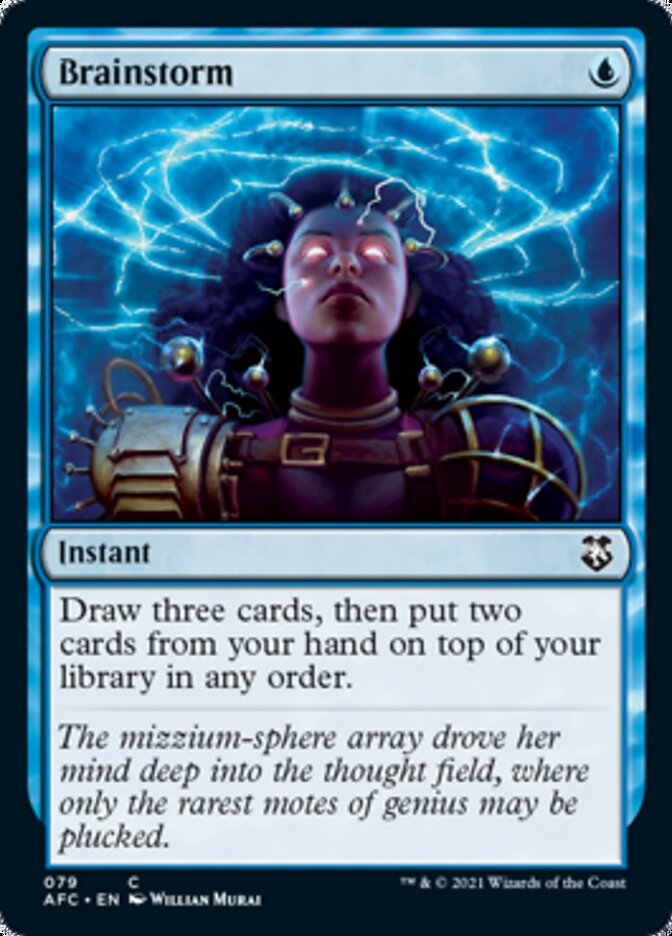
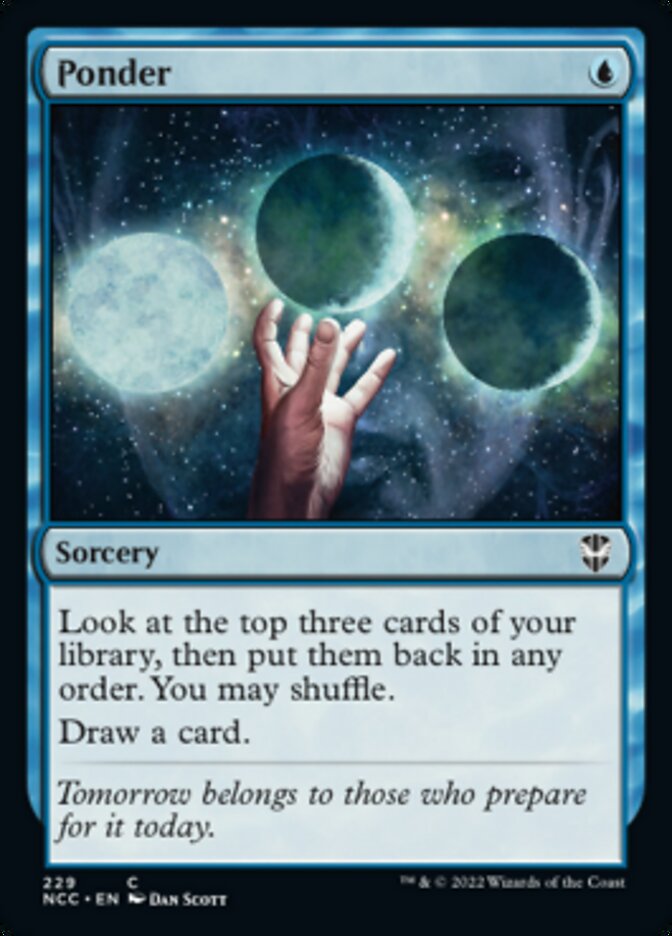
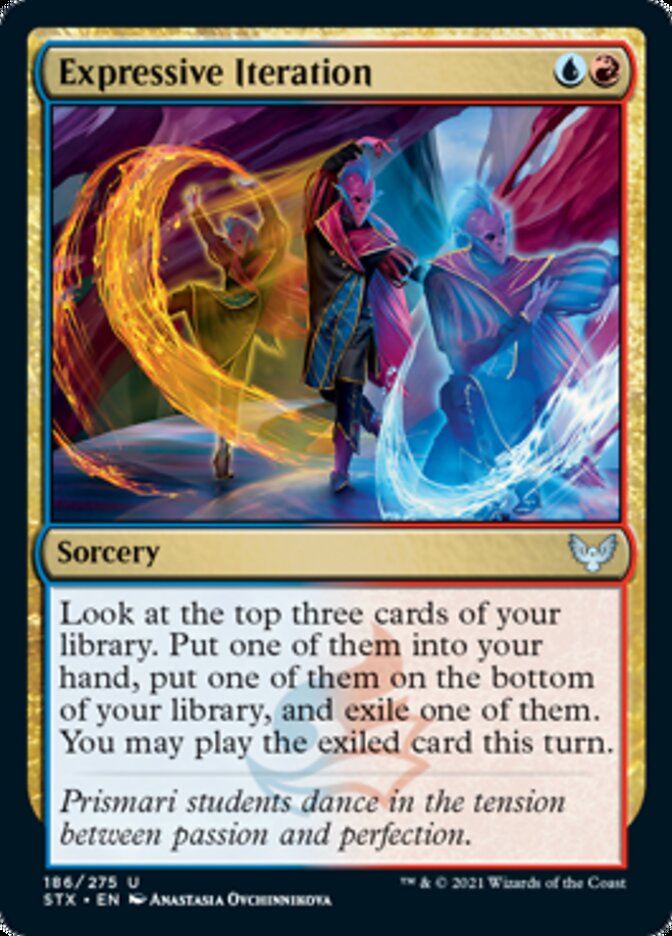
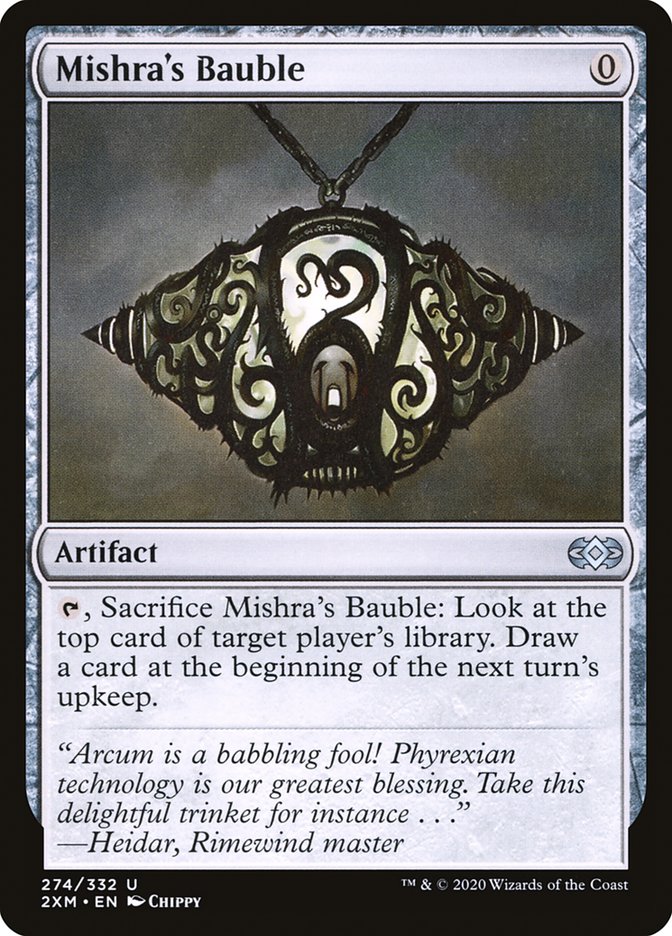
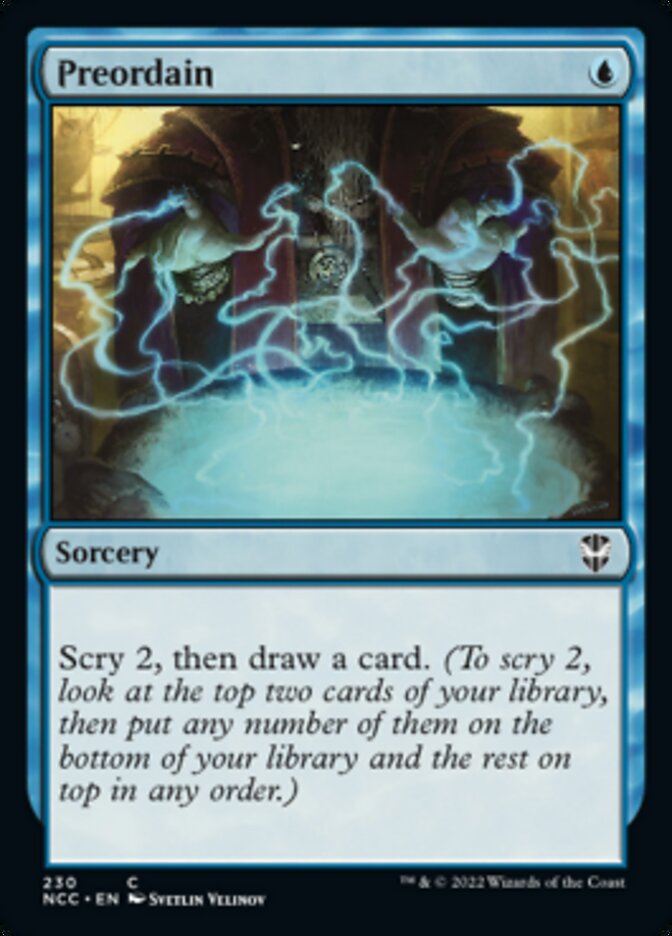

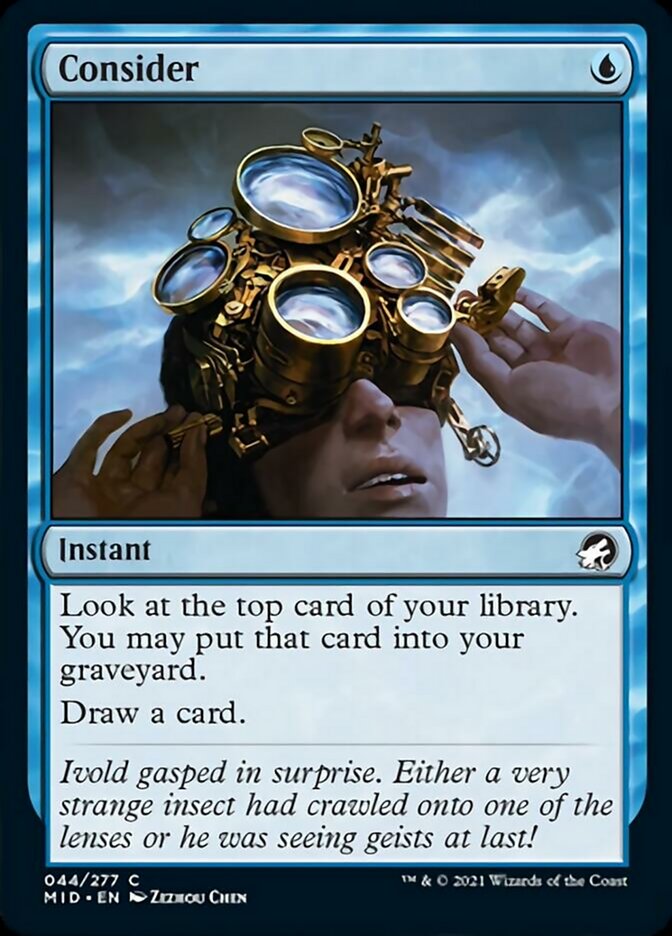
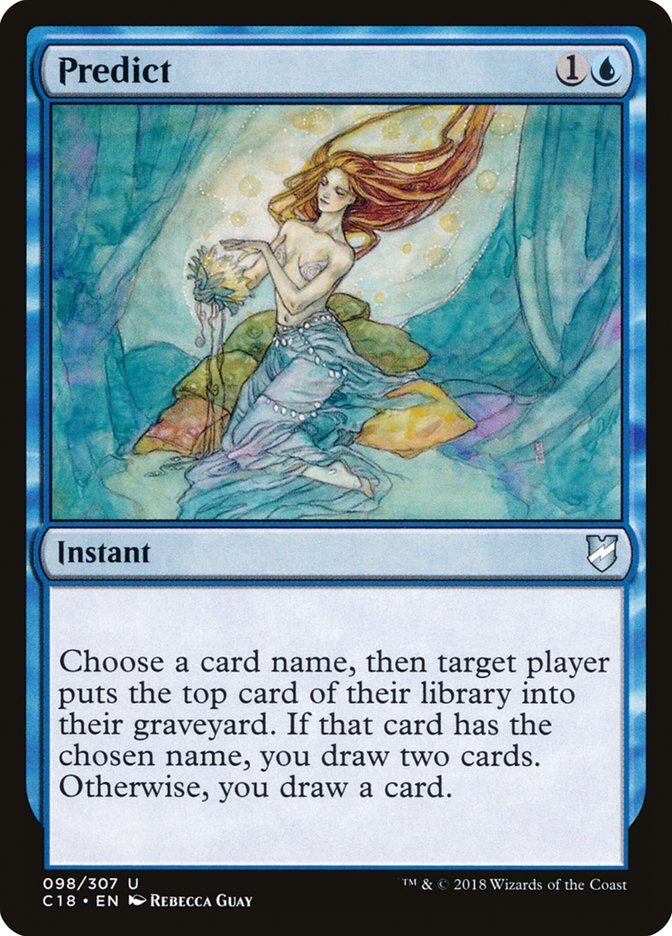

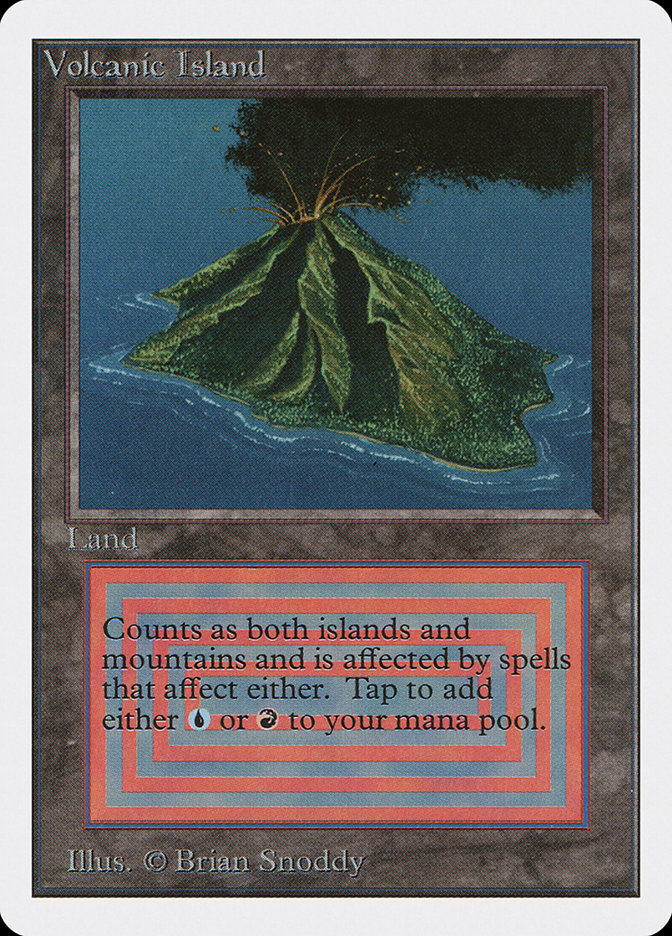
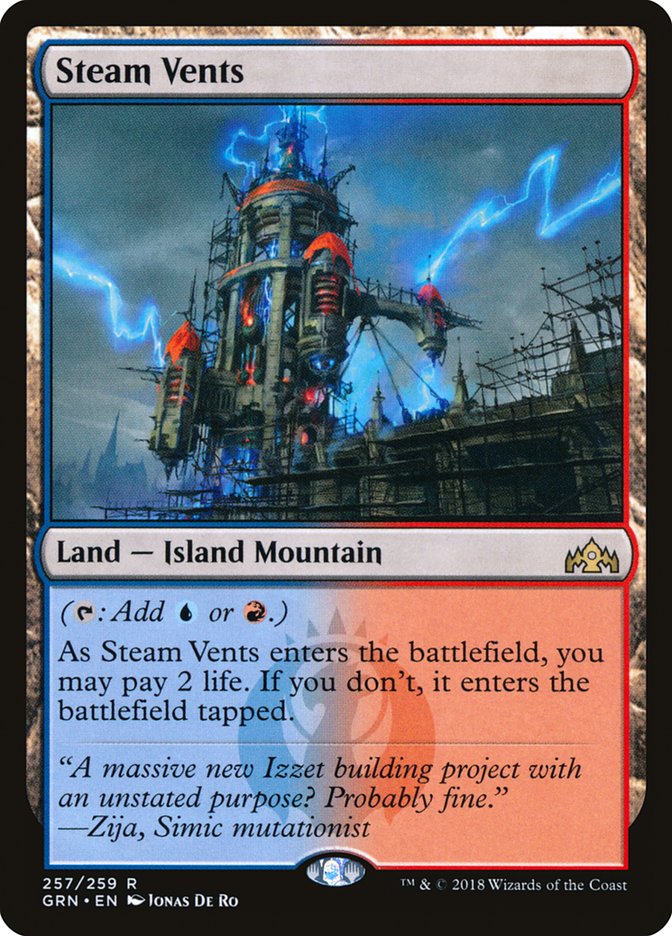
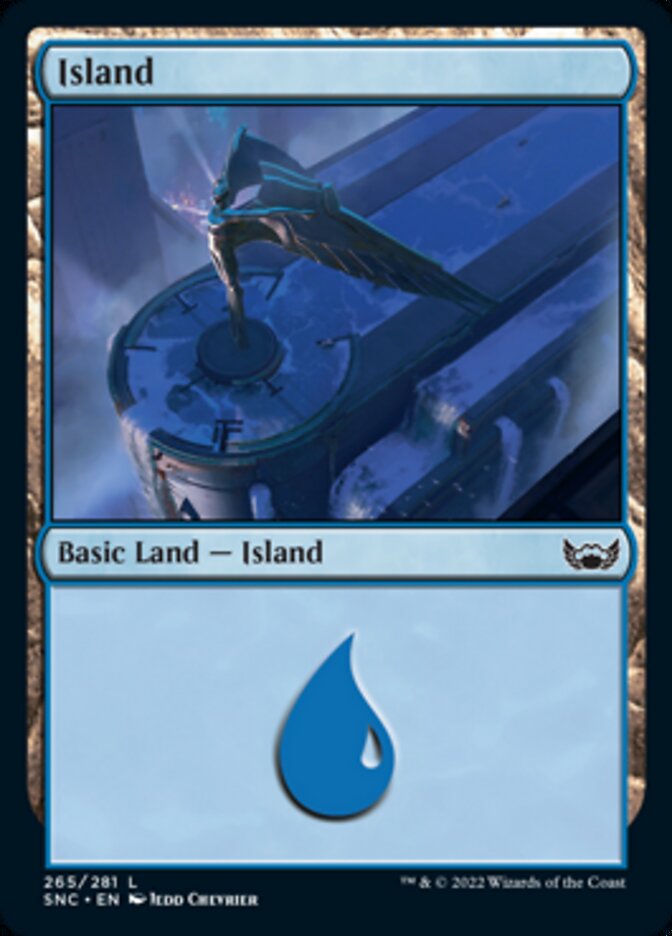
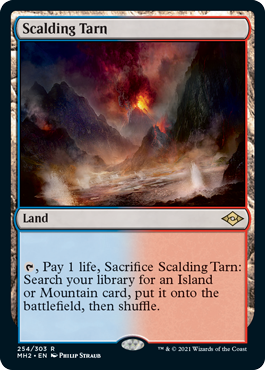
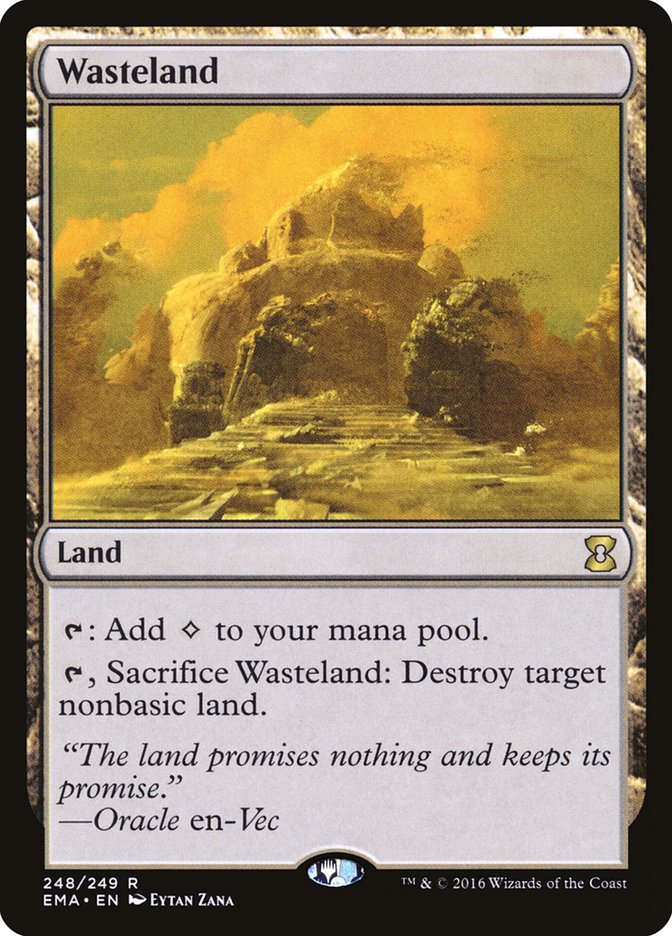
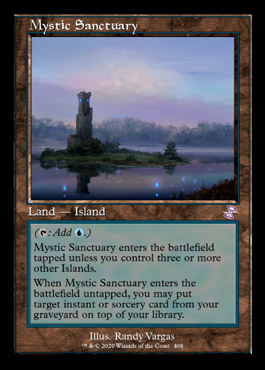
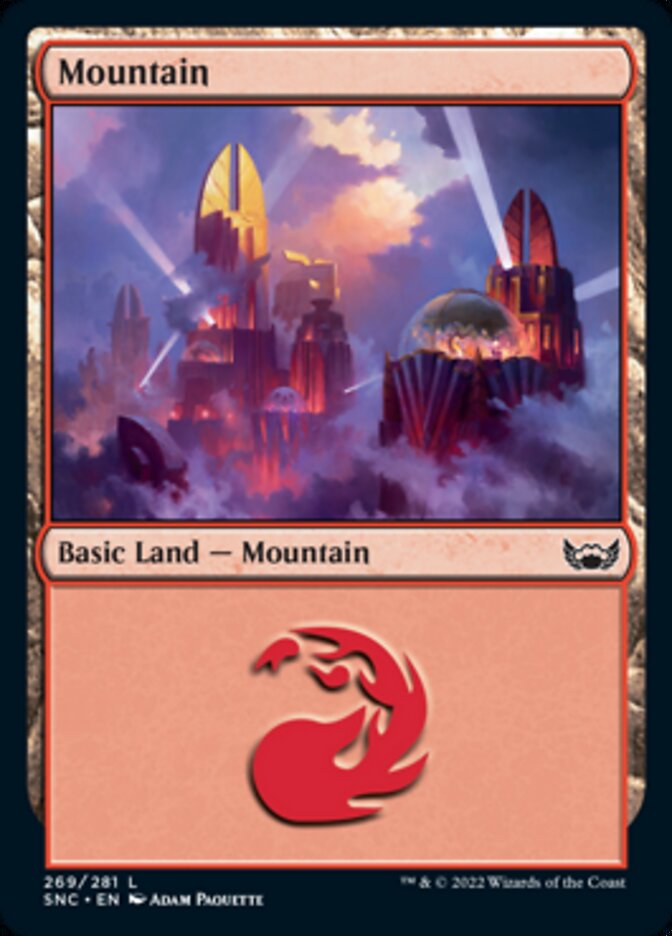

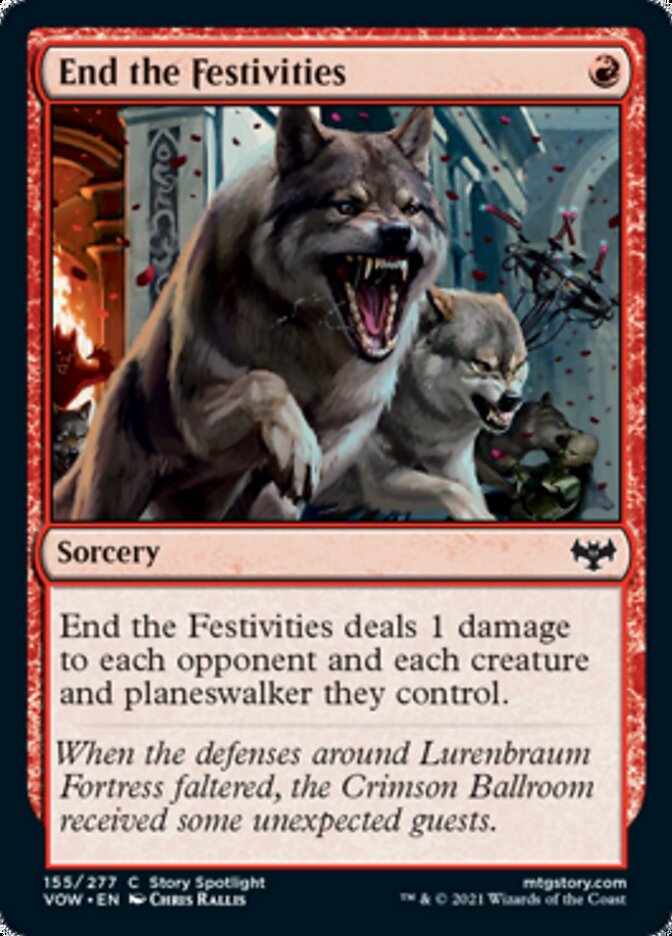
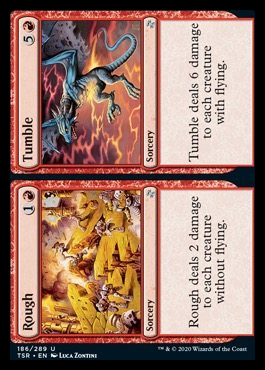
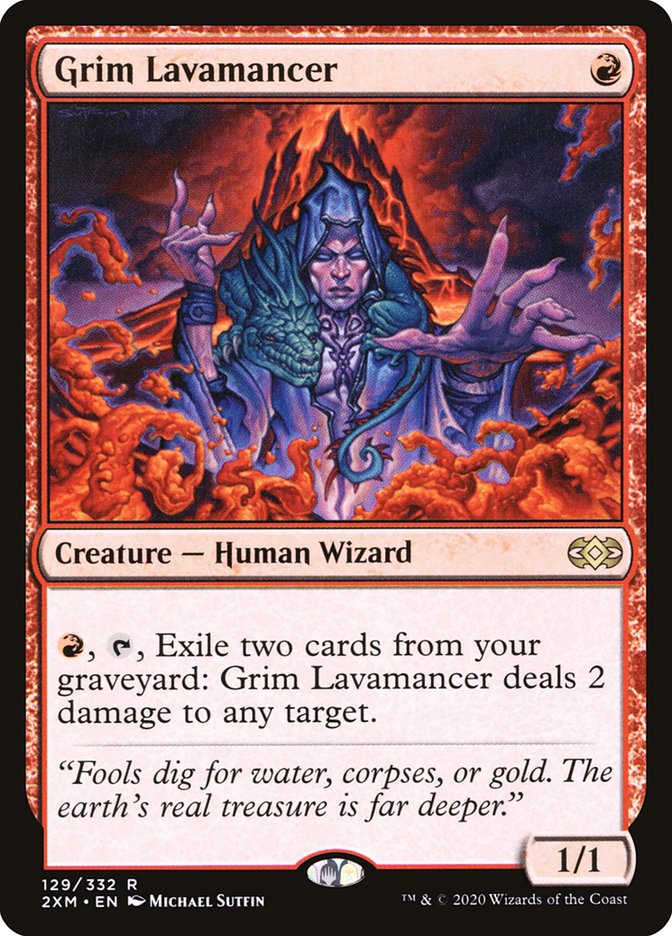
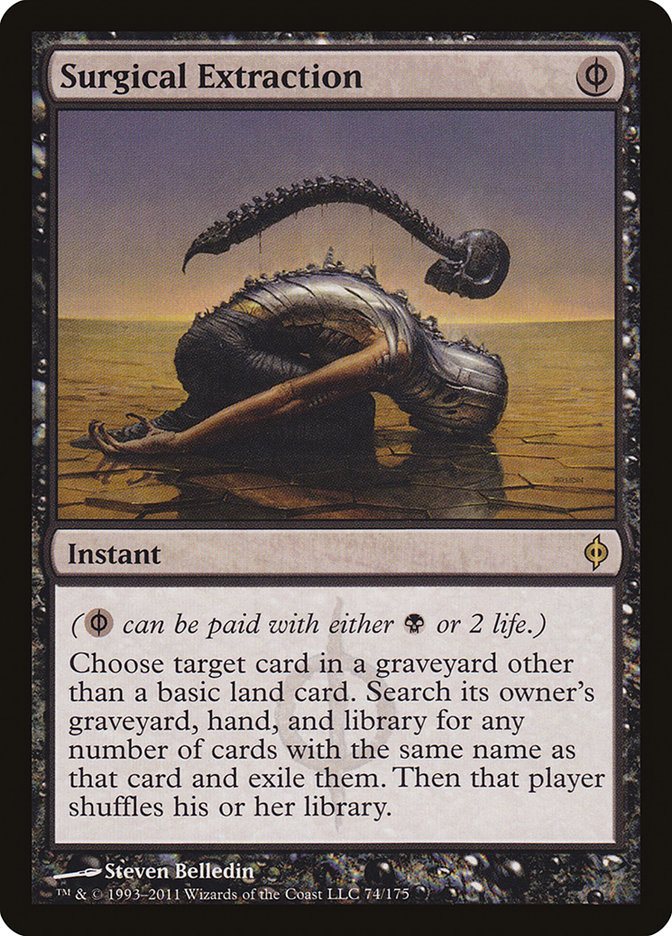
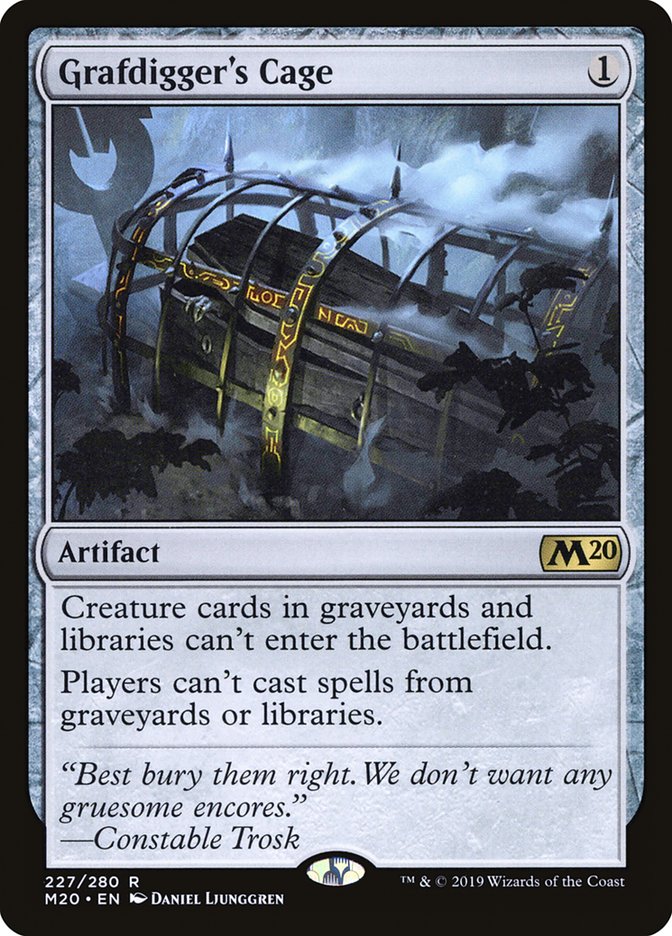
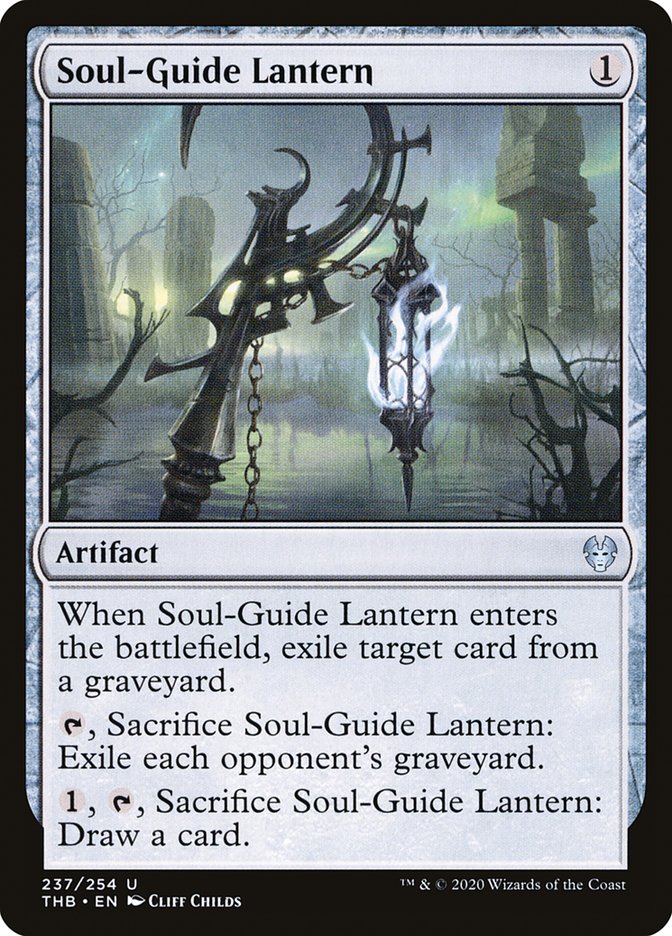
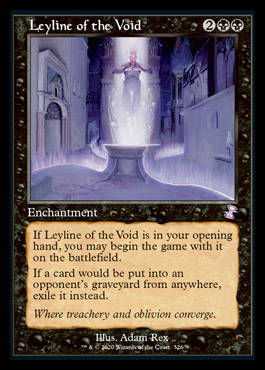
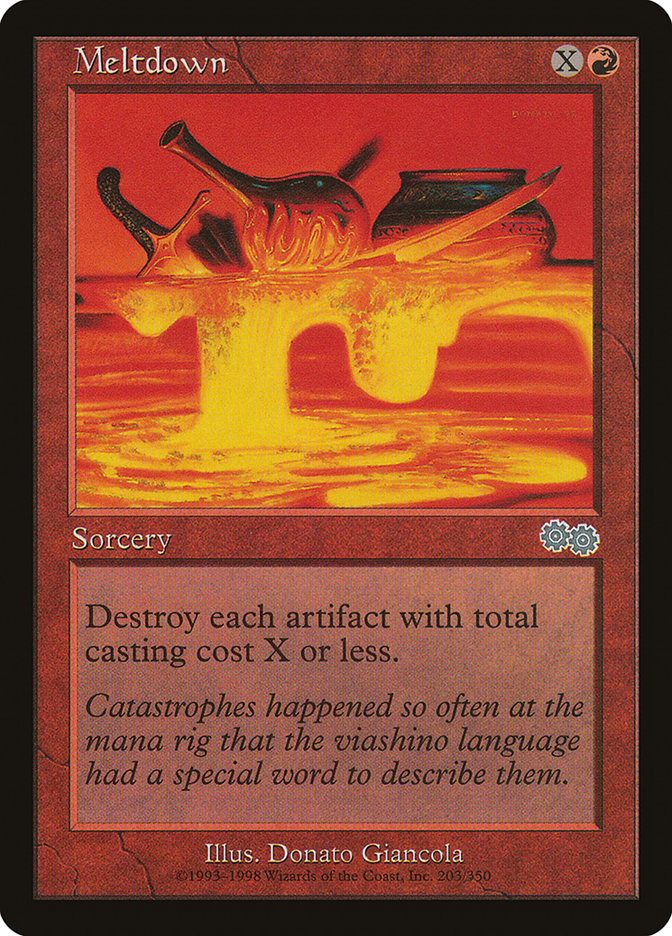
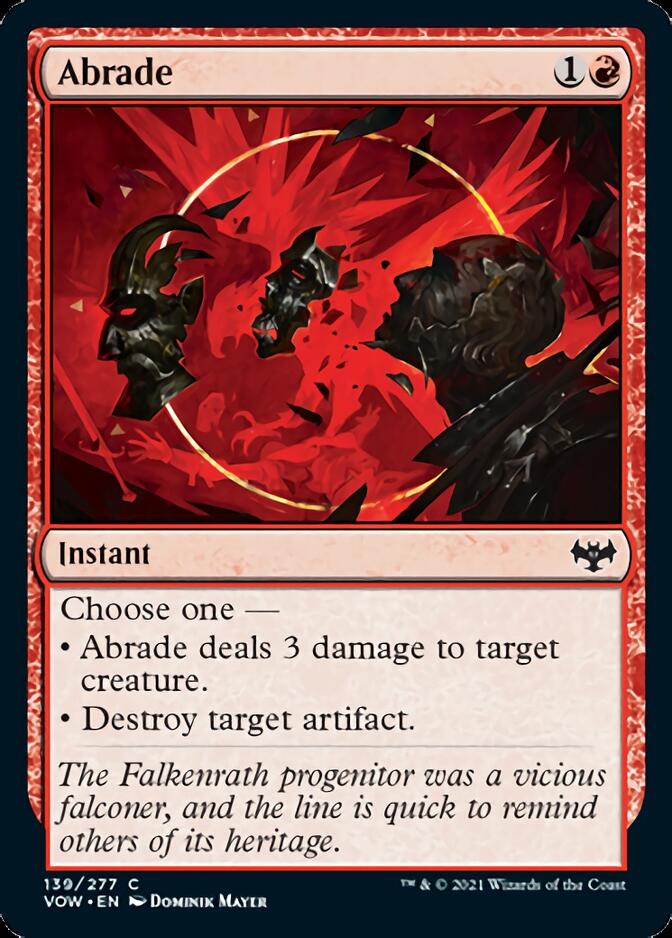
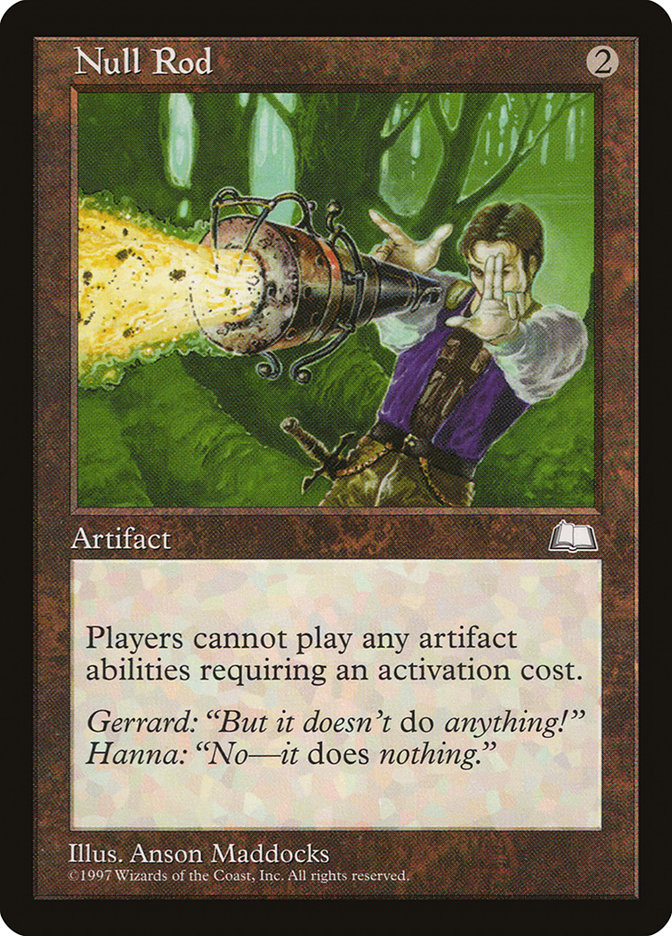
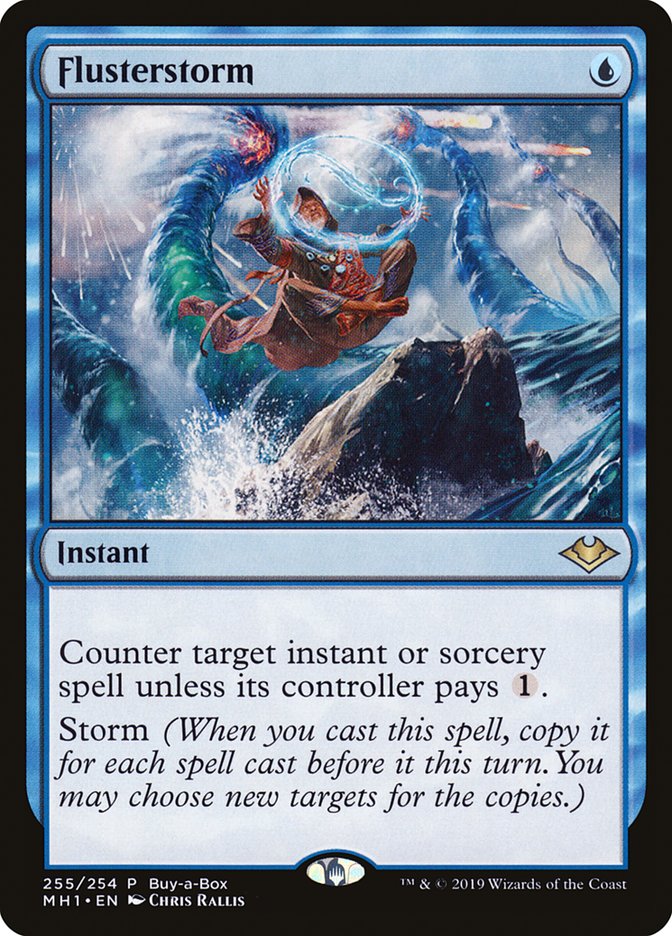
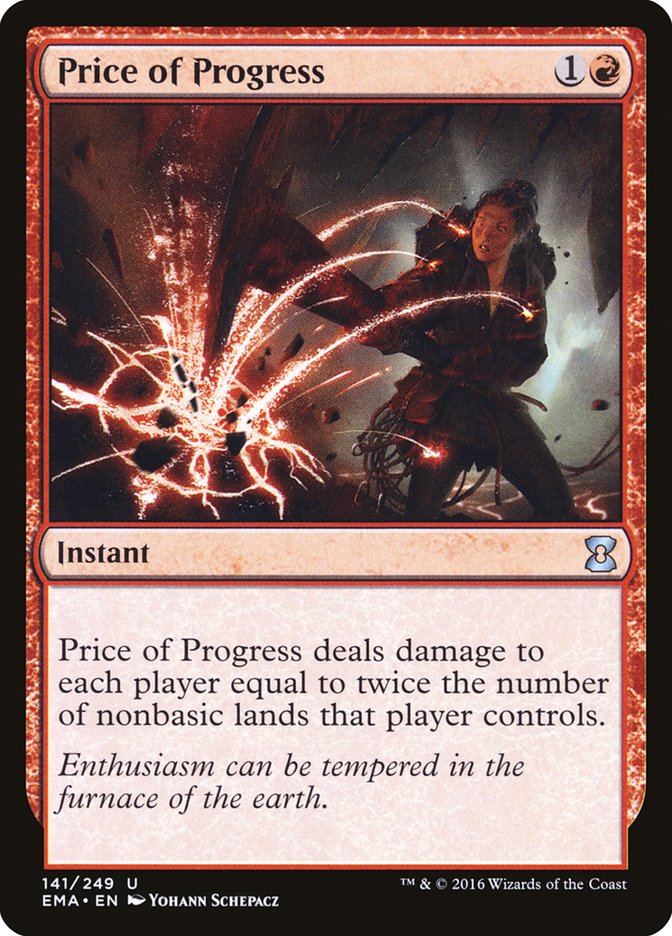

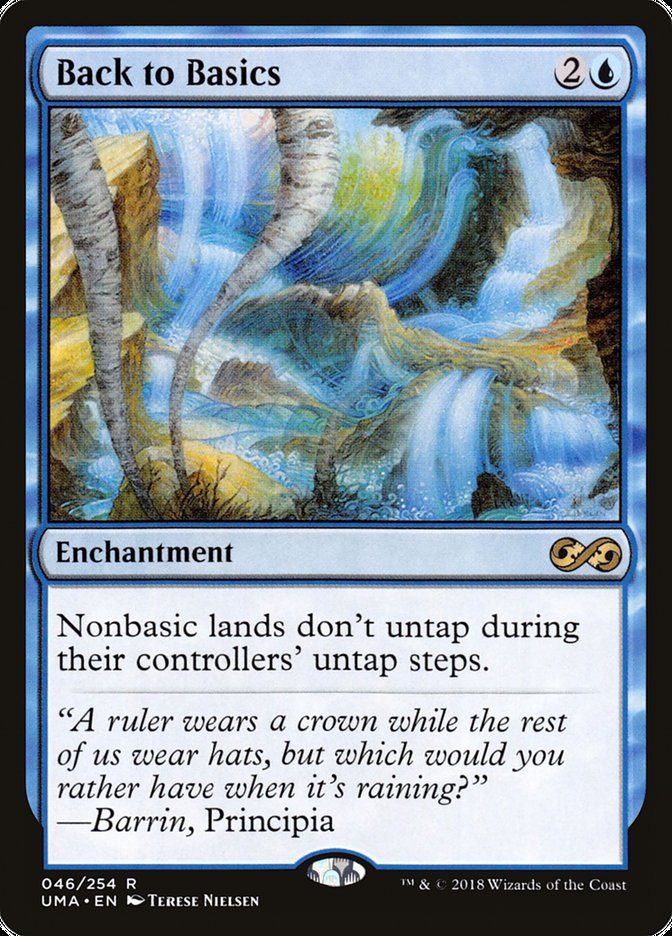
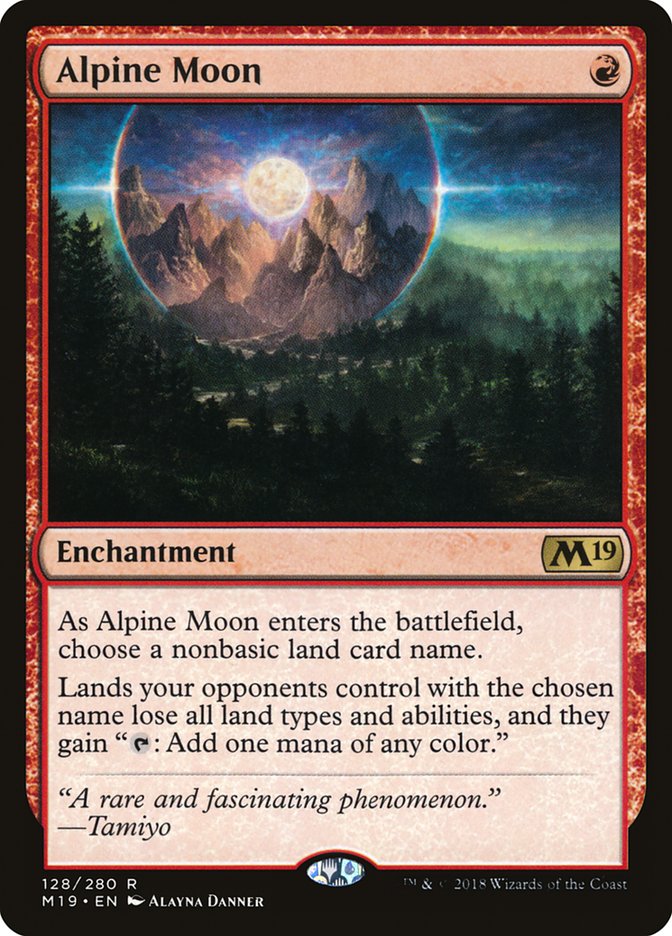
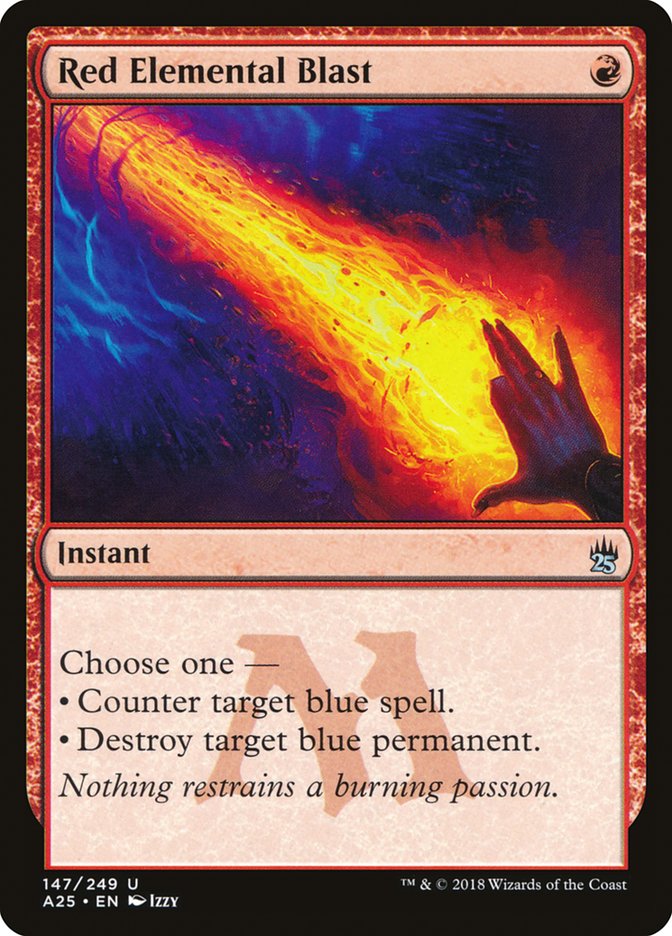
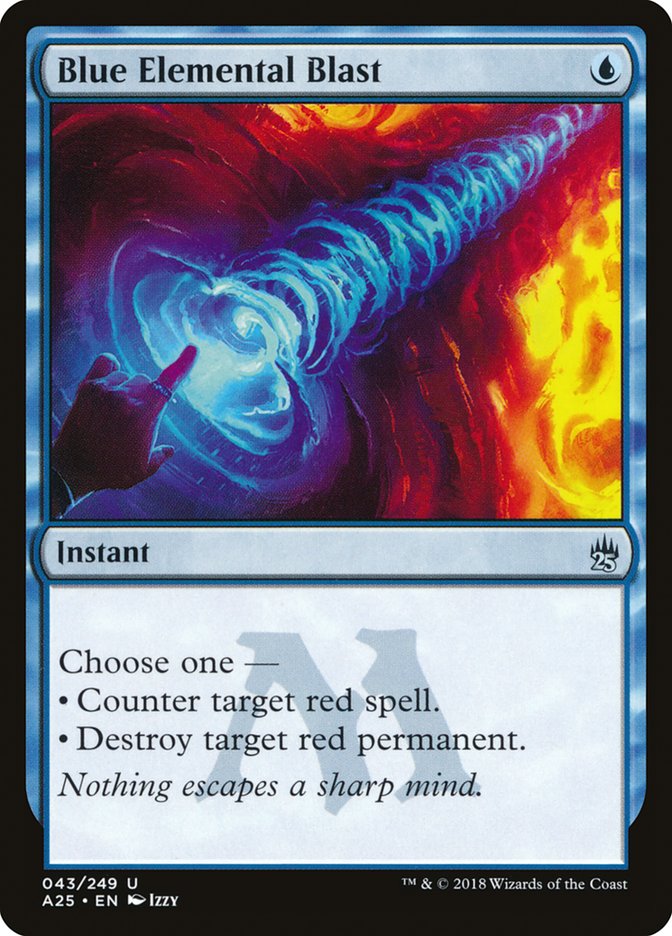
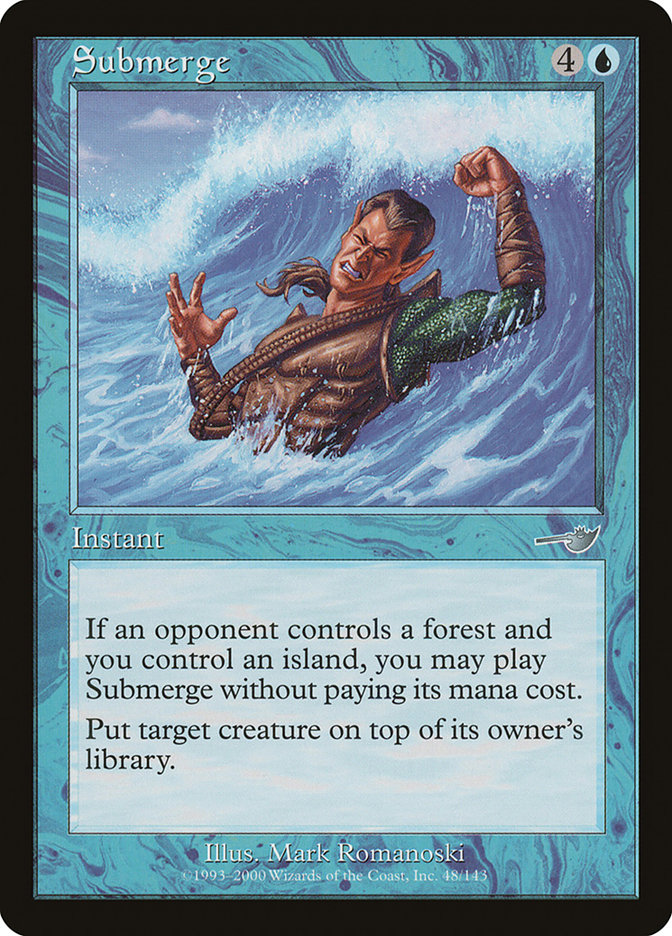
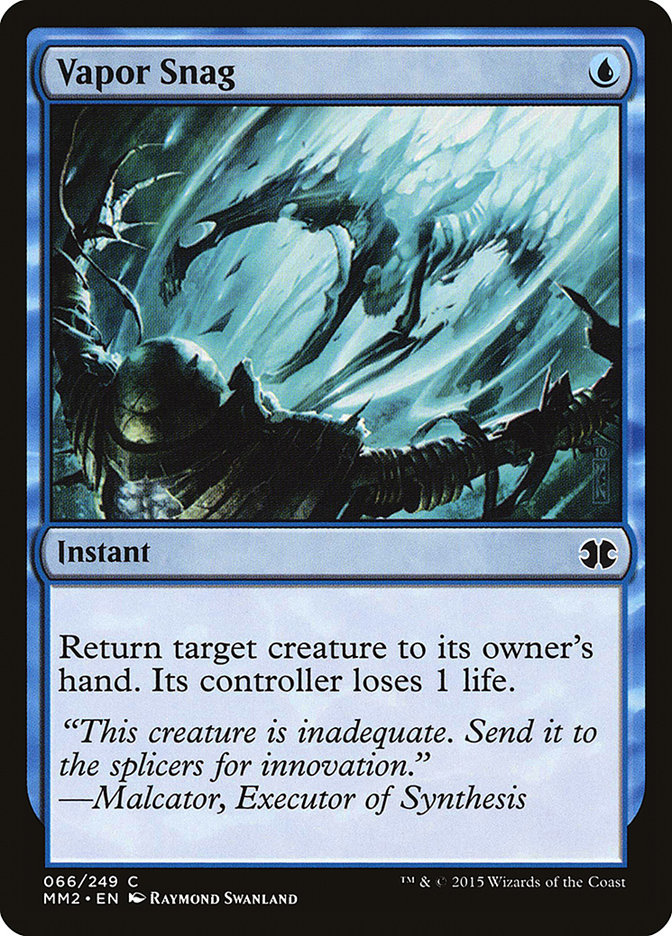

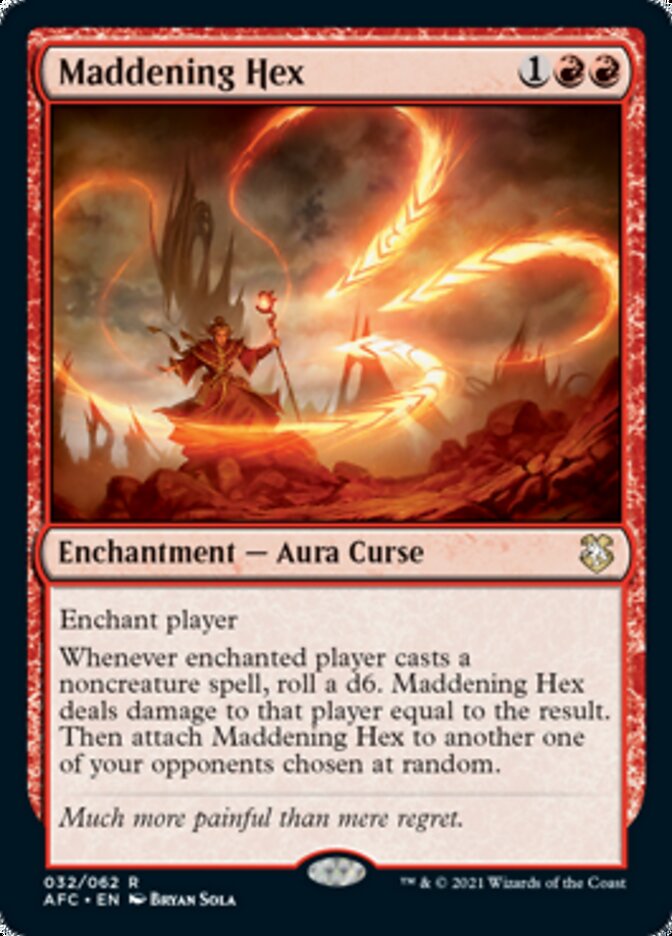
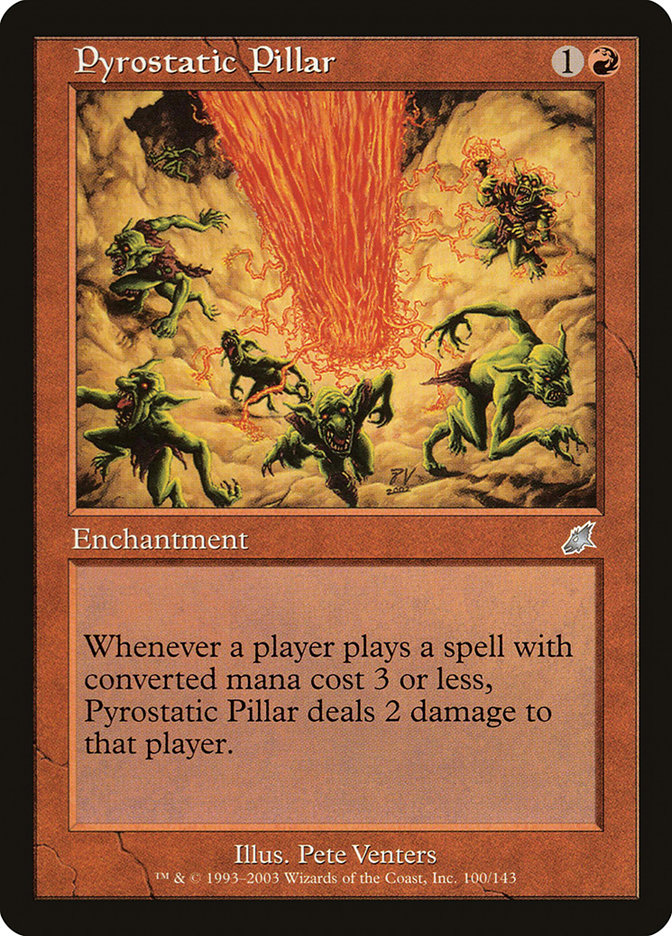
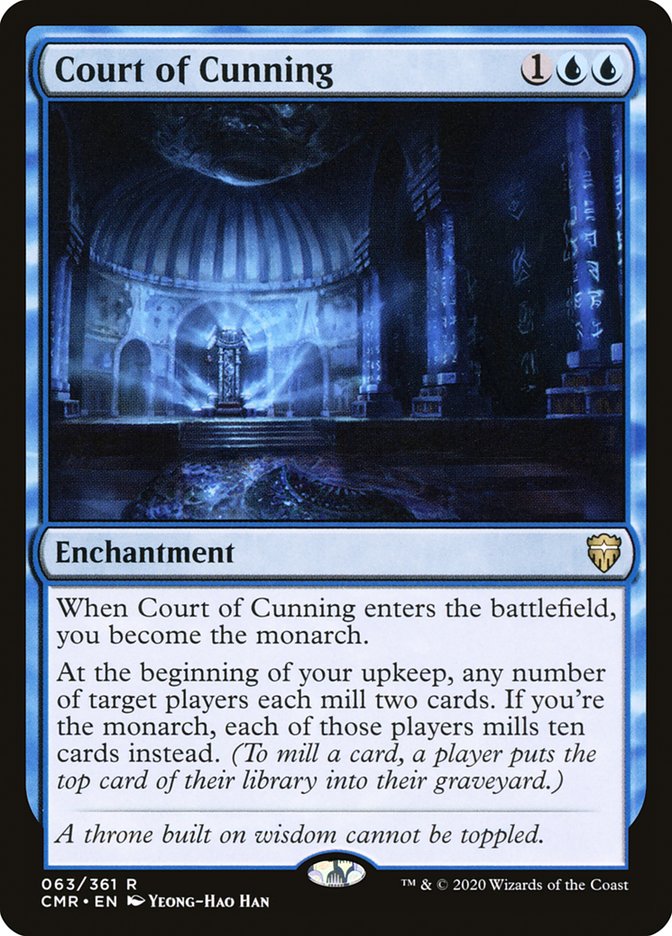
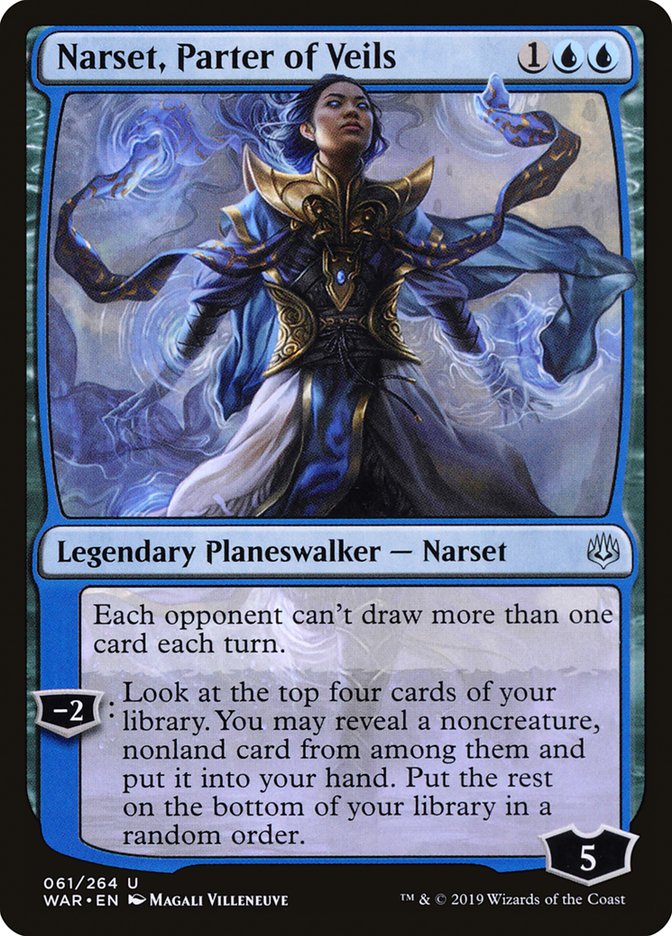
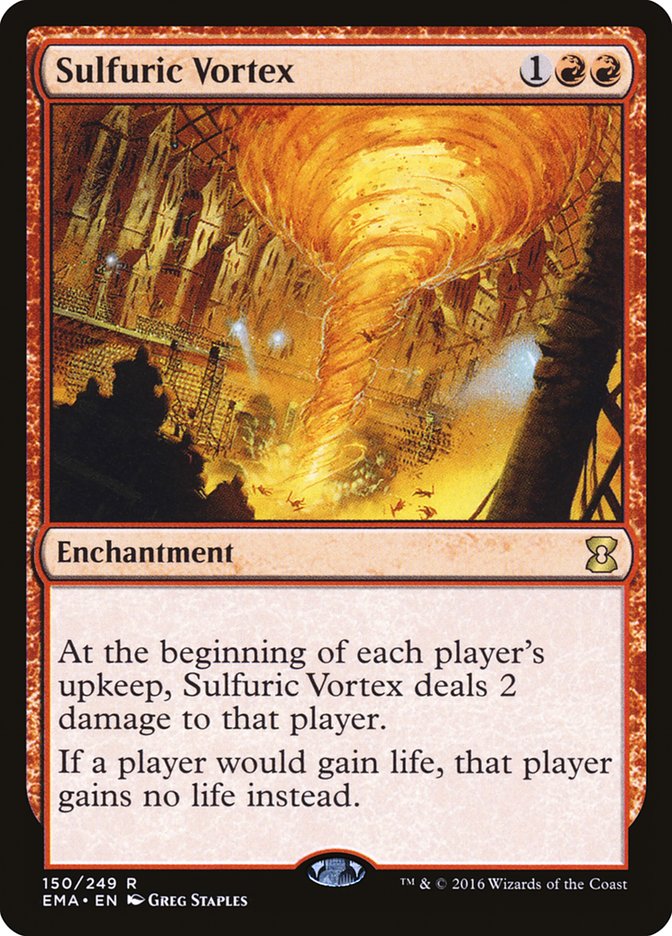


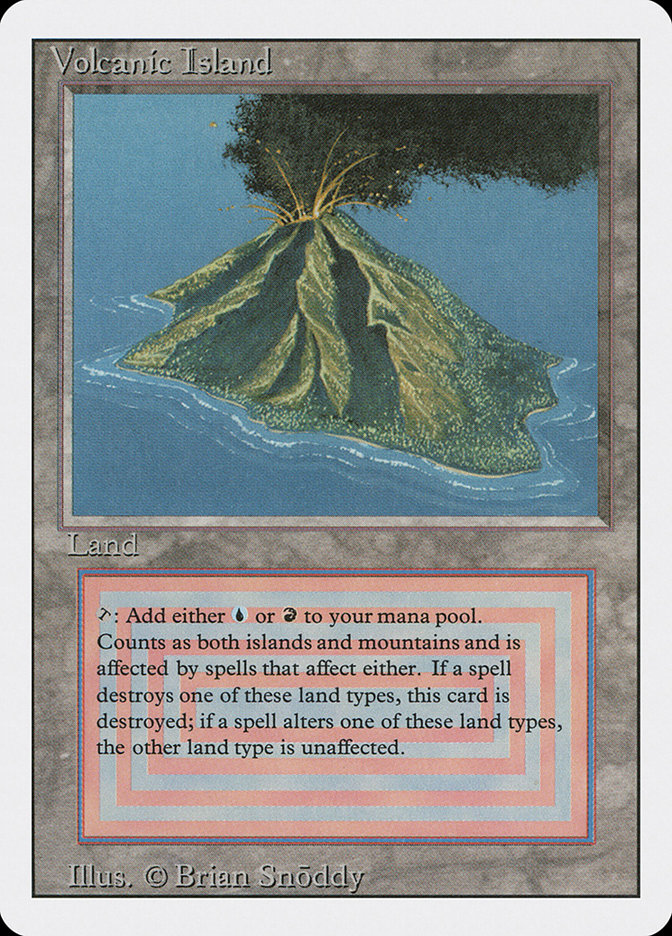
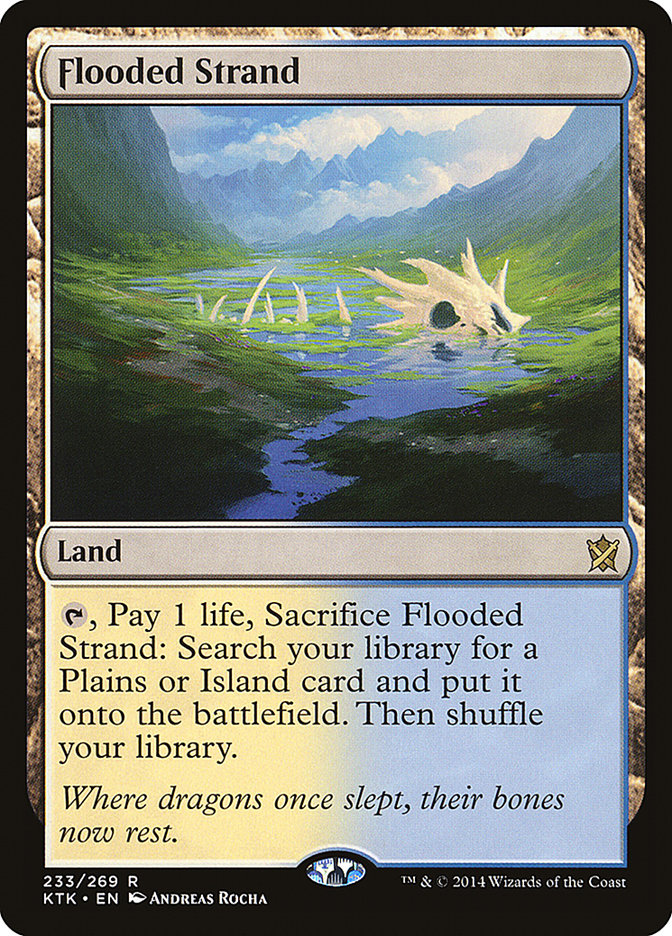


Very well put togather and I really enjoyed the read – twice. Missed an answer to Marit Lage in Nathan Steuer’s MD and Lands players don’t fall for Submerge these days.
Do you play Delver or DRC turn 1?